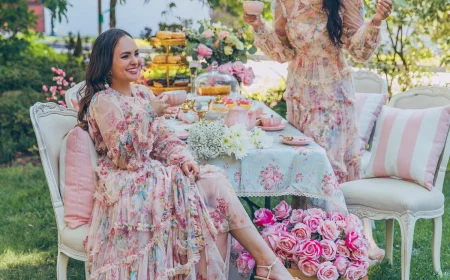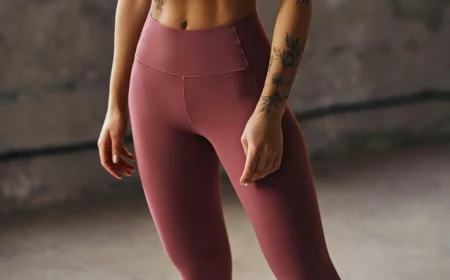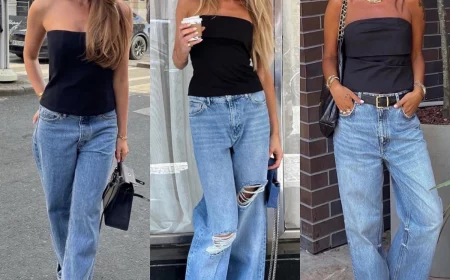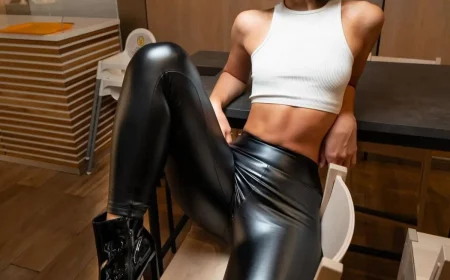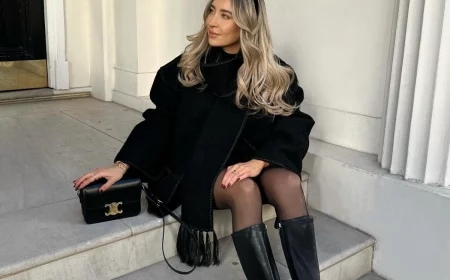The No-Stress Guide to Building a School Wardrobe That Actually Works
Over the years, I’ve helped a ton of people figure out their wardrobes. Not for some fancy fashion show, but for real life—for work, weekends, and school. And honestly, I’ve seen the pressure kids are under. Every single swipe on a phone shows a new must-have trend, pushing this idea that you have to be the next “It” person.
In this article
- First Things First: Know Your Battlefield
- The Nitty-Gritty on Fabrics: How to Pick Clothes That Last
- The Art of Layering: Your Secret to All-Day Comfort
- Your Game Plan: The 15-Item Failsafe School Wardrobe
- Don’t Forget the Details: Fit, Care, and Common Mistakes
- A Final Word: Safety and Confidence
- Inspirational Gallery
But I want to talk about a different way of thinking. It’s a method I’ve shared with students and parents forever, and it’s not about chasing fast fashion that falls apart after three washes. It’s about building a small, smart collection of clothes that makes you feel genuinely good. It’s about being comfortable, confident, and ready for whatever the school day decides to throw at you. This guide is all about practical advice that lasts, not trends that fade by next semester.
First Things First: Know Your Battlefield
Before you even dream of shopping, you have to get a handle on the rules and realities of your school. This is, without a doubt, the most important step. Get this right, and you’ll save yourself so much time, money, and frustration. The pros call this an ‘environmental audit,’ which sounds fancy, but it’s really just common sense.
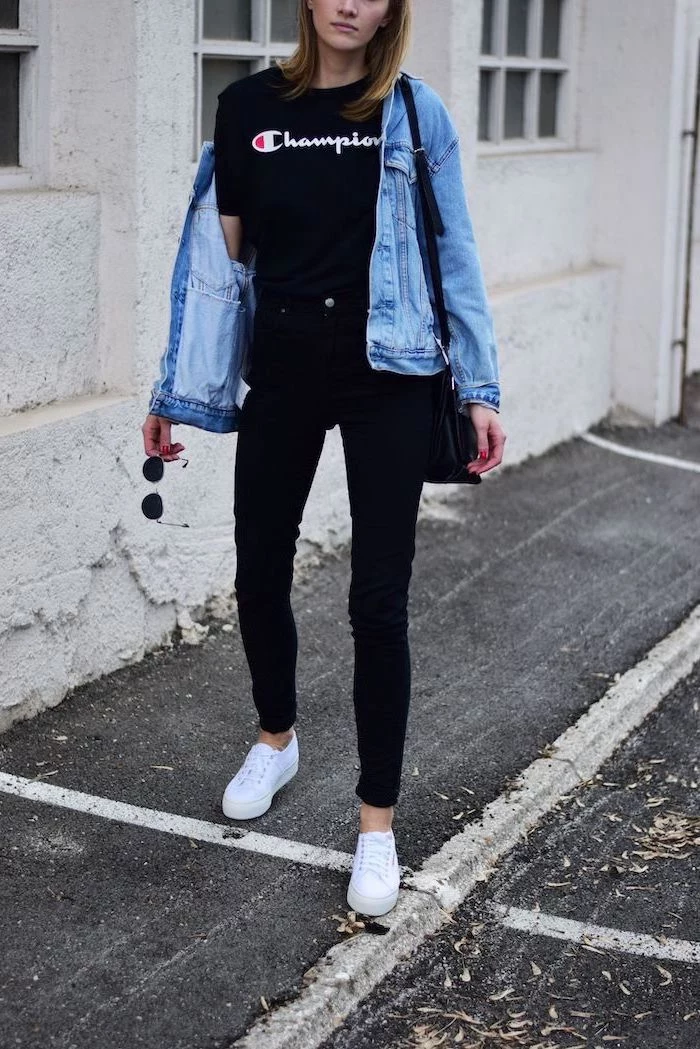
Decoding the Dress Code
Okay, let’s talk dress codes. It’s easy to see them as just a list of annoying rules to sneak around. But having worked with school administrators, I can tell you they usually exist for a few key reasons. Understanding the ‘why’ helps you make smarter choices.
- Safety: This is the big one. Rules against super baggy clothes can prevent snags in a science lab or woodshop. And the classic ‘closed-toe shoes’ rule? It’s there to protect your feet from dropped objects or chemical spills.
- Focus: A lot of schools believe that certain clothing can be distracting. Whether you agree or not, it’s often their reason for rules about logos or revealing outfits.
- Inclusivity: Sometimes, a dress code can level the playing field a bit, easing the pressure to wear expensive, name-brand stuff.
Quick Win: Your mission for today is to go to your school’s website and find the official dress code. Don’t rely on rumors! Download it, print it, and highlight the big things. What are the rules on shorts length? Tank top strap width? Banned images? Knowing this is your framework. It’s not about being a goody-two-shoes; it’s about making your life easier.
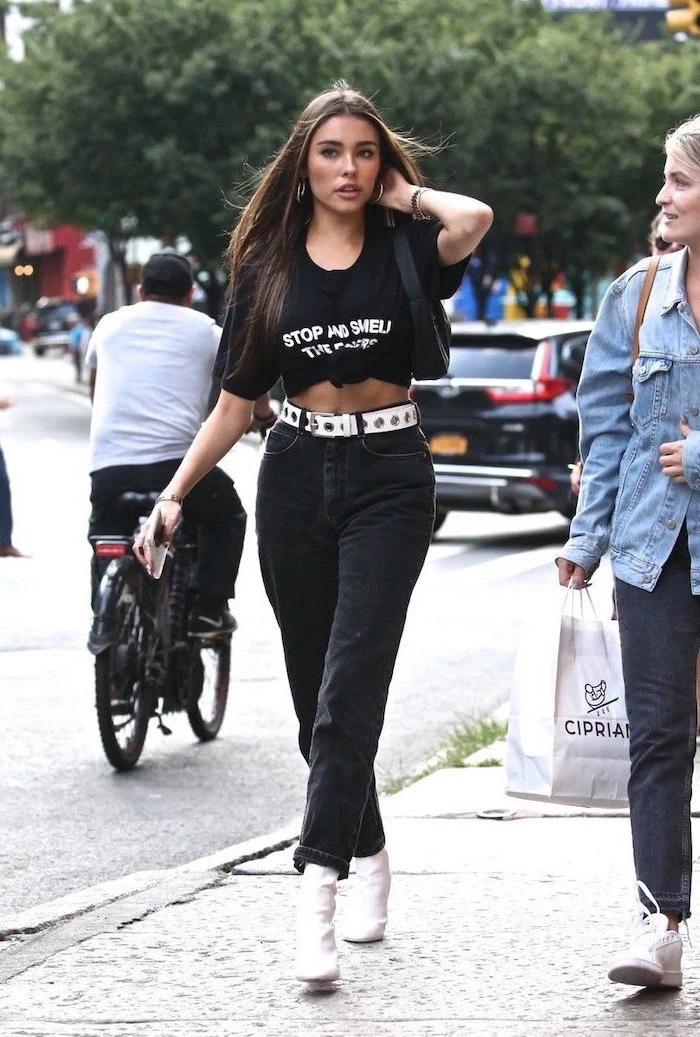
Your Day-to-Day: The Comfort Audit
Next, let’s get real about your actual day. Being uncomfortable is draining and makes it hard to focus. So, grab a notebook and walk me through your routine. Seriously, write this stuff down—it’s your wardrobe blueprint.
Ask yourself:
- How do I get there? Walk, bike, bus? This dictates your need for a weatherproof jacket.
- How much walking is involved? If you have to trek across a huge campus, comfortable shoes aren’t just a nice idea—they’re a necessity.
- What are the classrooms like? You know how it is. One room is an arctic tundra thanks to the A/C, and the next is a sauna. This is where layering becomes your superpower.
- What’s lunch like? Do you sit outside in the sun or in a crowded cafeteria?
- Any P.E. or sports? You’ll need dedicated athletic gear that’s easy to change in and out of.
Answering these questions tells you what your clothes need to do. Think of them as tools for the job of being a student.
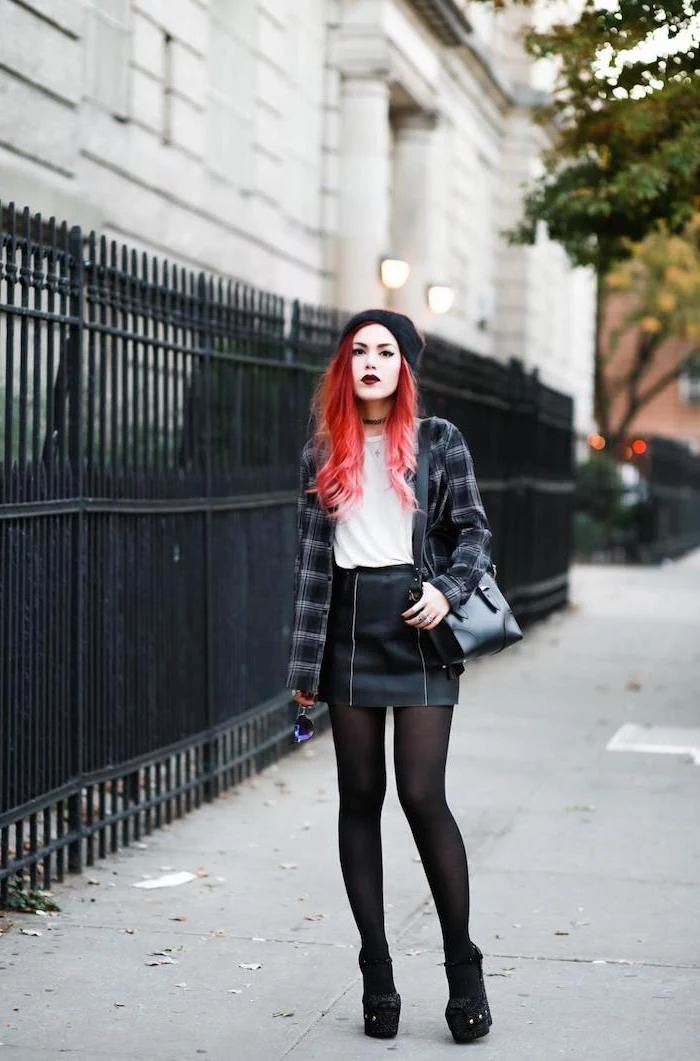
The Nitty-Gritty on Fabrics: How to Pick Clothes That Last
The look of a piece of clothing is one thing, but the material it’s made from is way more important for a school wardrobe. A little fabric knowledge will make you a much smarter shopper, helping you spot quality and pick stuff that’s both durable and comfy.
The Classics: Natural Fibers
Cotton is the undisputed king of school clothes, and for good reason. It’s soft, it breathes, and it’s usually affordable. Perfect for t-shirts, hoodies, and jeans. The only real downside is that 100% cotton can get damp if you sweat and it wrinkles like crazy. A heads up: denim is just a really sturdy type of cotton weave, which is why it’s so great for pants.
Wool isn’t just for itchy holiday sweaters anymore. Modern merino wool is super soft and an amazing insulator. It’s my top pick for socks in cold climates because it actually keeps you warm even when it gets a little wet. A good wool sweater, if you take care of it, can last for a decade or more.
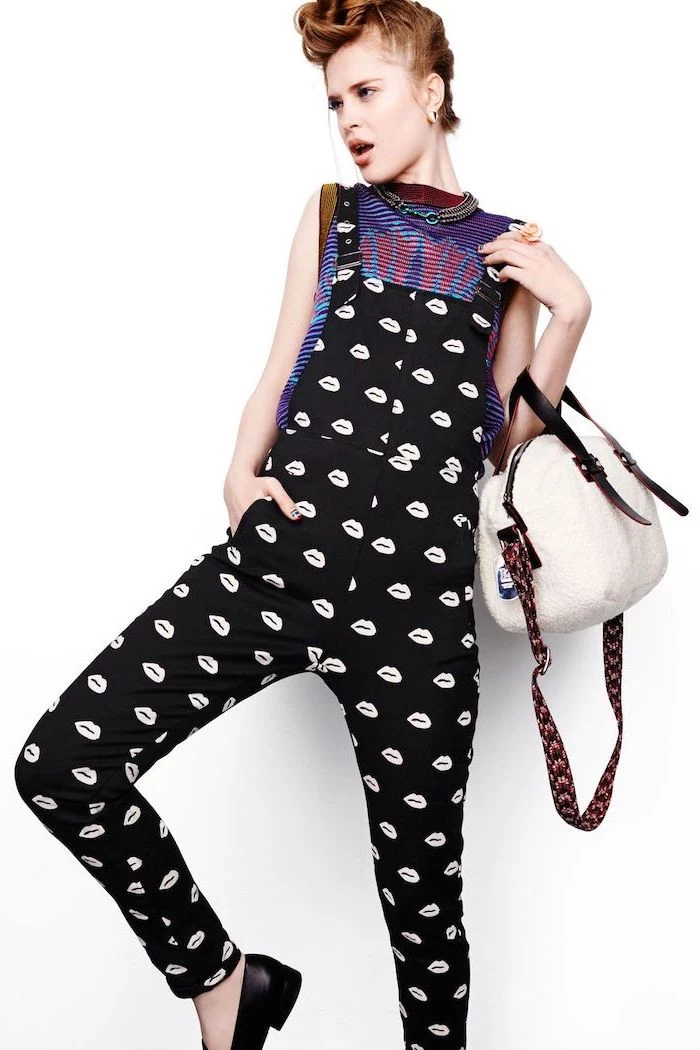
The Specialists: Synthetic Fibers
Polyester is a workhorse. It’s tough, resists wrinkles, and sheds water. That’s why you see it in a lot of activewear and jackets. On its own, though, polyester doesn’t breathe well and can feel a bit clammy. This is why it’s so often blended with cotton—you get the best of both worlds.
Nylon is like polyester’s tougher older sibling. It’s even more durable and has great elasticity, which is why it’s used for things like backpacks and the outer shell of winter coats.
Spandex (you’ll also see it called Lycra or Elastane) is the secret sauce. It’s never used by itself but is blended in small amounts (usually just 1-5%) into other fabrics. It’s what gives your jeans and t-shirts that comfortable stretch. A little bit of spandex in your pants makes a world of difference when you’re sitting in a desk all day.
Pro Tip: The Feel & Look Test. When you’re in a store, actually touch the fabric. Does it feel flimsy and thin, or does it have some substance? For jeans, a heavier denim will always outlast a thin, cheap one. For t-shirts, hold it up to a light. If you can see right through it, it’s probably not going to survive many laundry cycles. Check the seams, too—tight, even stitches are a sign of quality.
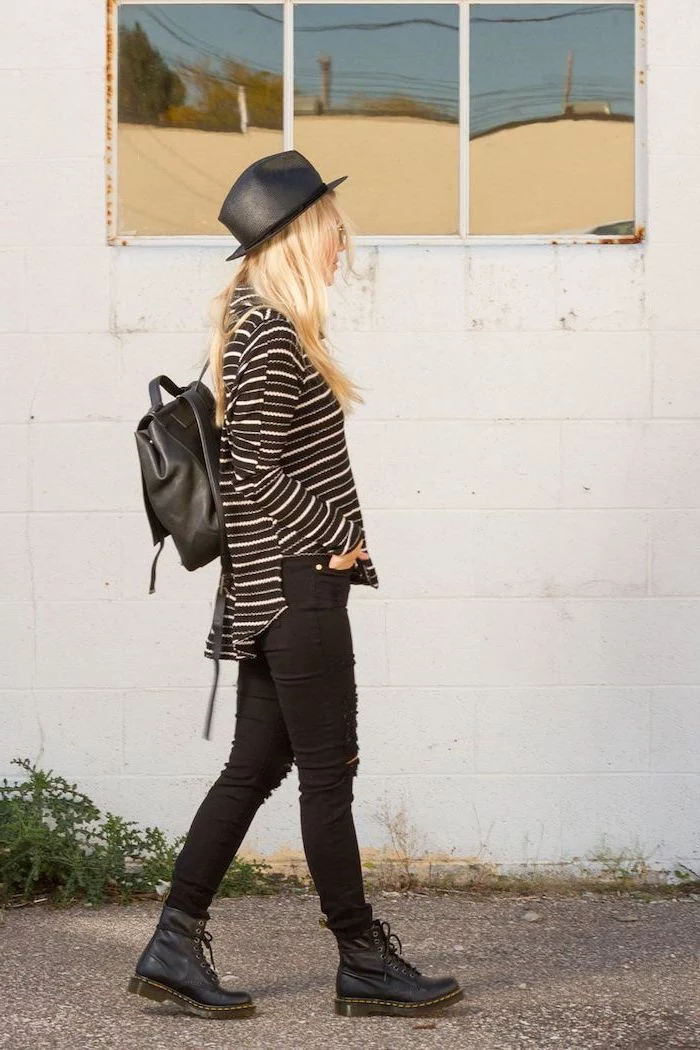
The Art of Layering: Your Secret to All-Day Comfort
If you only learn one thing from this guide, make it layering. This is how you conquer buildings with crazy temperature swings. The concept is simple: you trap air between thin layers of clothing, and that trapped air keeps you warm. Take a layer off, and you cool down. Easy.
Think of it as a simple three-part system:
- The Base Layer: This is what’s right against your skin. A simple cotton tee or camisole is perfect. It should be thin and fit well.
- The Mid-Layer: This is your warmth. It’s your hoodie, crewneck sweatshirt, or fleece jacket. This is the piece you’ll be taking on and off all day as you move between rooms.
- The Outer Layer: This is your shield from the elements—wind, rain, or snow. It’s your rain jacket or winter coat, and you usually shed it as soon as you get inside.
So on a chilly fall morning, you might leave home with a t-shirt (base), a hoodie (mid), and a light jacket (outer). When you get to school, the jacket comes off. In your first class, it’s warm, so you take off the hoodie. Later, you head to the freezing library, so the hoodie goes back on. See? Total control.
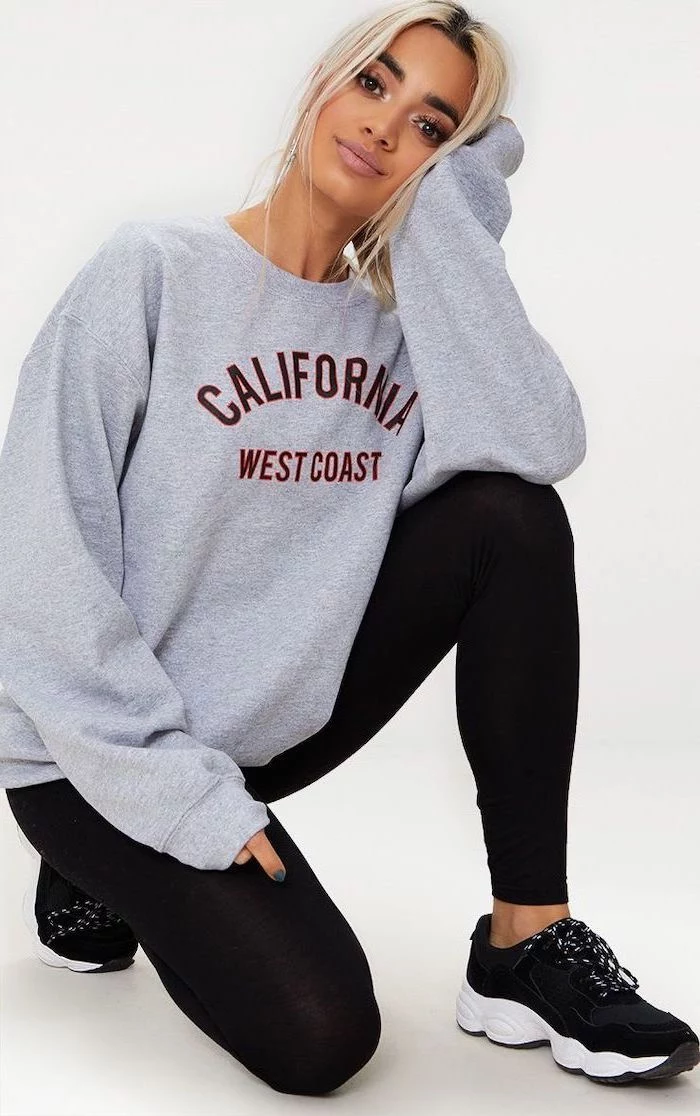
Your Game Plan: The 15-Item Failsafe School Wardrobe
The term “capsule wardrobe” can sound kind of intense, but it just means having fewer items that all work together. This approach seriously saves money and gets rid of that “closet full of clothes, nothing to wear” feeling in the morning.
Step 1: Pick Your Color Palette
This is the secret ingredient. You’ll pick a couple of neutral base colors and a few fun accent colors.
- Pick 2-3 Neutrals: These are your foundation. Think navy, charcoal grey, black, khaki, or olive green. Most of your pants, shorts, and jackets will be in these colors.
- Pick 2-3 Accent Colors: These are the colors that you genuinely love. Red, mustard yellow, royal blue, whatever! You’ll use these for your shirts and accessories.
By sticking to a palette, pretty much any top you grab will go with any bottom you own. No more guesswork at 7 AM.
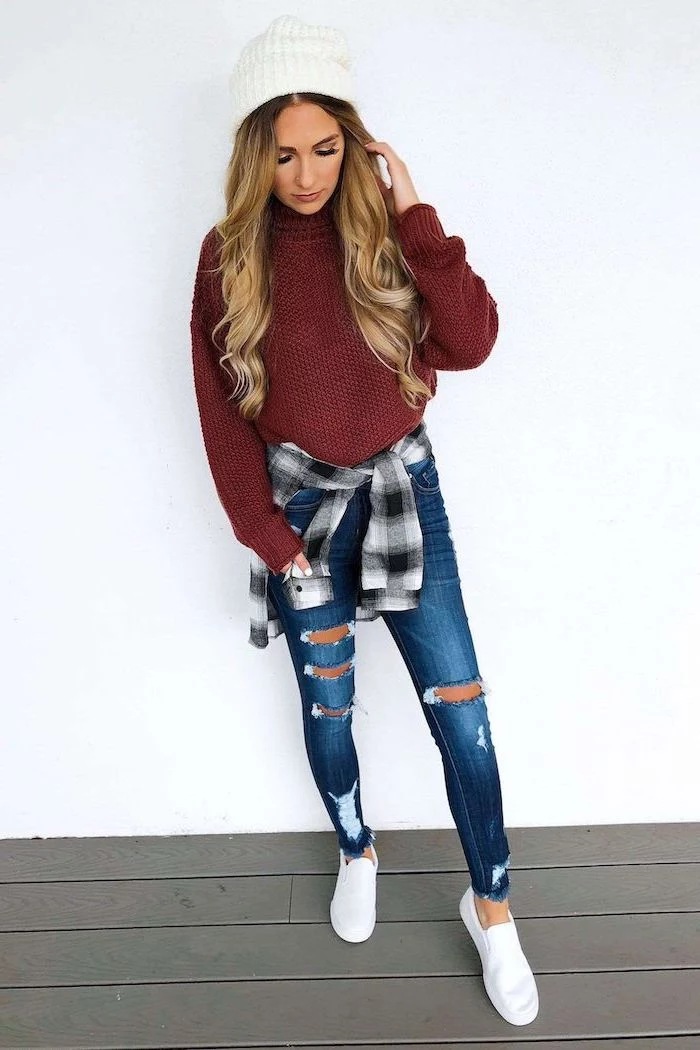
Step 2: The Core Shopping List
Here’s a super-specific starting point. You can adjust the numbers, but this is a fantastic foundation for someone starting from scratch.
- (3) Neutral T-Shirts: Short-sleeve crew necks in your base colors (e.g., white, grey, navy).
- (2) Accent Color T-Shirts: A couple of short-sleeve tees in your favorite fun colors.
- (2) Long-Sleeve Shirts: One neutral and one accent color for cooler days.
- (2) Pairs of Pants: One pair of dark-wash jeans and one pair of sturdy chinos or canvas pants in a neutral color. Make sure they fit well and follow the dress code.
- (1) Pair of Shorts or Skirt (optional): If your climate and dress code allow, grab one in a solid neutral color.
- (2) Mid-Layers: A versatile zip-up hoodie or a crewneck sweatshirt in a neutral, and maybe a cozy fleece or cardigan.
- (1) All-Purpose Jacket: A weather-resistant jacket that can handle wind and light rain. If you live somewhere with harsh winters, you’ll need a proper heavy coat instead.
- (2) Pairs of Shoes: One pair of comfortable, all-day sneakers for walking around campus. One pair of athletic shoes for gym class or sports. Don’t cheap out on these!
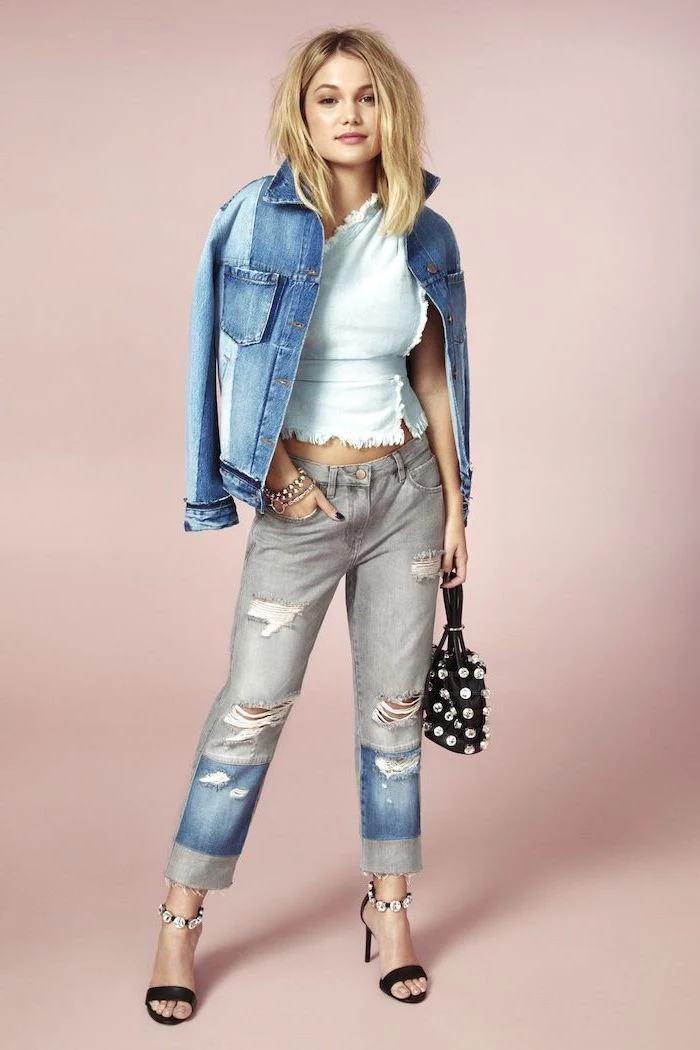
Step 3: Finding Your Gear (and Your Budget)
You don’t need a massive budget for this. To be frank, some of the best quality stuff I’ve ever found has been secondhand. Thrift and consignment stores are goldmines. The fact that a piece of clothing has survived long enough to be resold is a great sign of its durability.
Here’s a realistic look at costs:
- Thrifting: Expect to pay around $8-$20 for a great pair of jeans from a quality denim maker, or $5-$10 for a solid hoodie. You could likely build this entire 15-item wardrobe for $150-$250 if you’re a patient thrifter.
- Buying New: A good new pair of jeans might cost $50-$80. A quality hoodie could be $40-$60. If you’re buying everything new from decent, mid-range stores, plan on a budget of around $400-$600. It’s often smarter to buy one great $60 hoodie than three cheap ones that will pill and lose their shape.
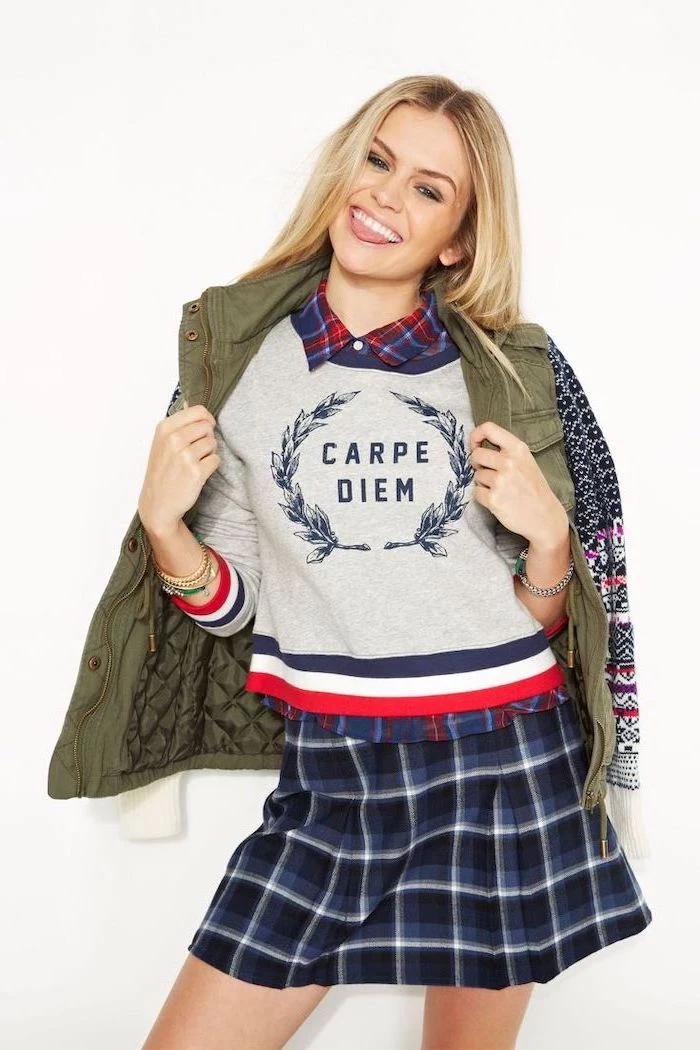
Don’t Forget the Details: Fit, Care, and Common Mistakes
Once you have the basics, you can start refining things. This is where you go from just being dressed to actually developing your own style.
Fit is Everything
I mean it. A $20 shirt that fits you perfectly looks a thousand times better than a $200 designer one that’s baggy and sloppy. Key things to check:
- Shoulder Seams: The seam of a shirt or jacket should sit right on the edge of your shoulder bone.
- Sleeve Length: Cuffs should end right at your wrist bone.
- Pant Length: Your pants should have a slight ‘break’ (one small fold) where they meet your shoes, not a sloppy pile of fabric. Getting pants hemmed is a game-changer. Good to know: It’s usually only $15-$25 at a local tailor or dry cleaner.
Avoid These Common Pitfalls
From my experience, here are the classic mistakes people make when building a school wardrobe:
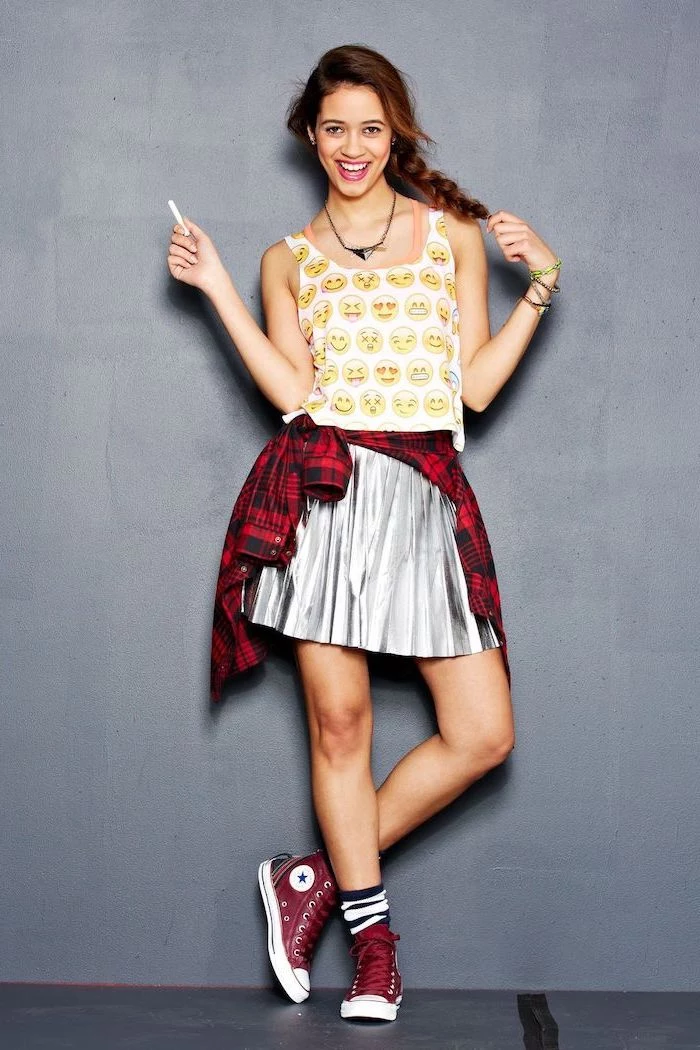
- The Trend Trap: Buying something just because it’s popular, even if it’s uncomfortable, impractical, or violates the dress code.
- Forgetting the Foundation: Loading up on fun, colorful accent pieces but having no neutral items to tie them all together.
- Ignoring the Dress Code: Shopping first and checking the rules later. A recipe for wasted money.
- Skimping on Shoes: Buying cheap, flimsy shoes that hurt your feet and fall apart by Thanksgiving. Your feet deserve better!
Caring for Your Clothes
Learning how to do laundry properly will save you thousands of dollars over your lifetime. It’s a real life skill.
- Read the Care Label: That little tag has all the secrets. Follow its instructions.
- Wash in Cold Water: It cleans just as well for most things, uses less energy, and prevents shrinking and fading.
- Turn Jeans & Graphic Tees Inside Out: This simple trick protects the color and prints, making them look new for much longer.
- Air-Dry Sweaters: Never, ever put a good sweater or hoodie in a hot dryer. It will shrink and get ruined. Squeeze out the water, reshape it, and lay it flat on a towel to dry.
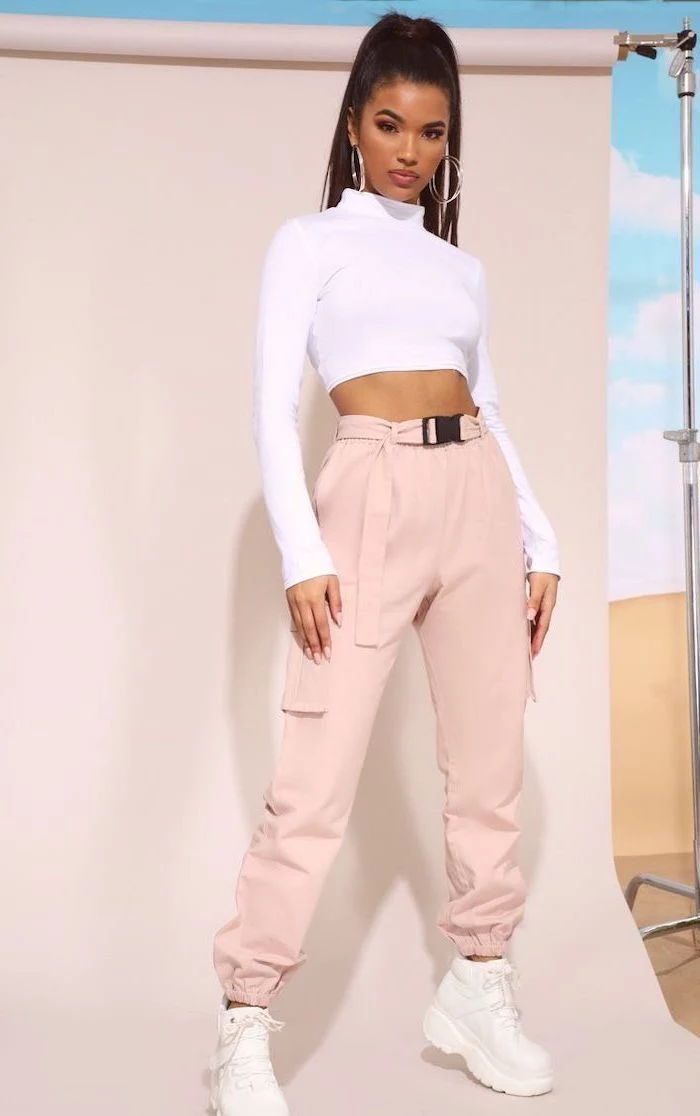
A Final Word: Safety and Confidence
My last bit of advice is about being safe and responsible. A great wardrobe is a safe one. Choose shoes with good grip—school hallways get slippery. In any lab or shop class, avoid dangling jewelry or hoodie strings and always tie back long hair. And please, use both straps on your backpack! It distributes the weight of those heavy textbooks and saves your back.
Look, this guide is just a framework. The goal isn’t to make you look like a carbon copy of everyone else. It’s to give you the tools to build a wardrobe that genuinely works for you—your body, your climate, your school, and your taste. The hope is that by taking this practical approach, you can take the stress out of getting dressed and focus on what really matters. Be confident in your choices, because you’re not just picking out clothes; you’re building a skill that will serve you well for years to come.
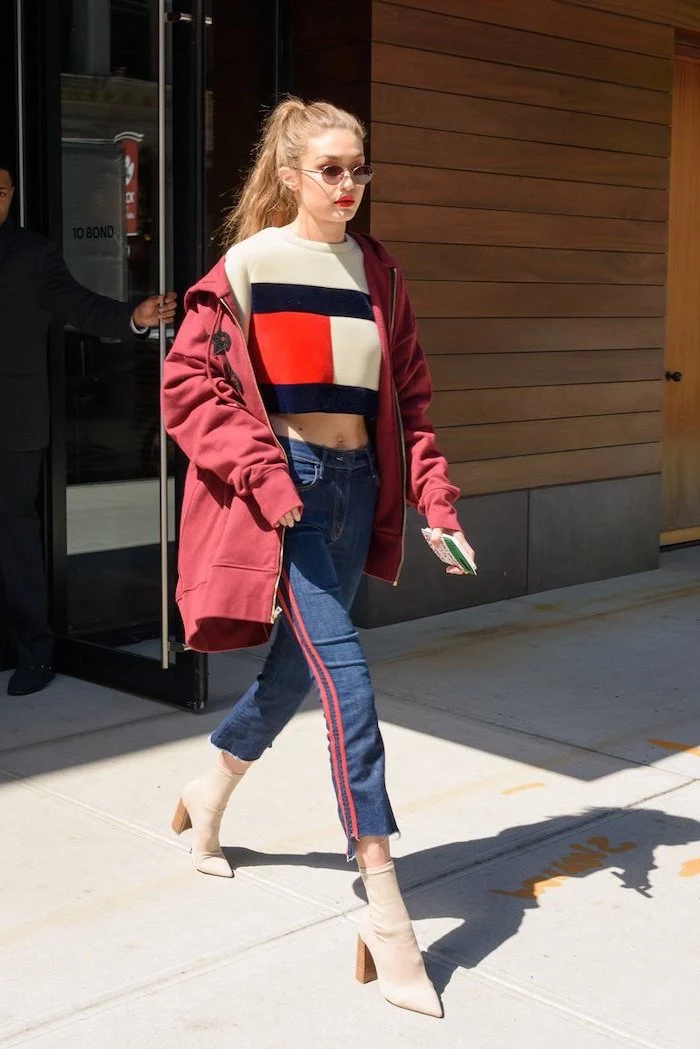
Inspirational Gallery
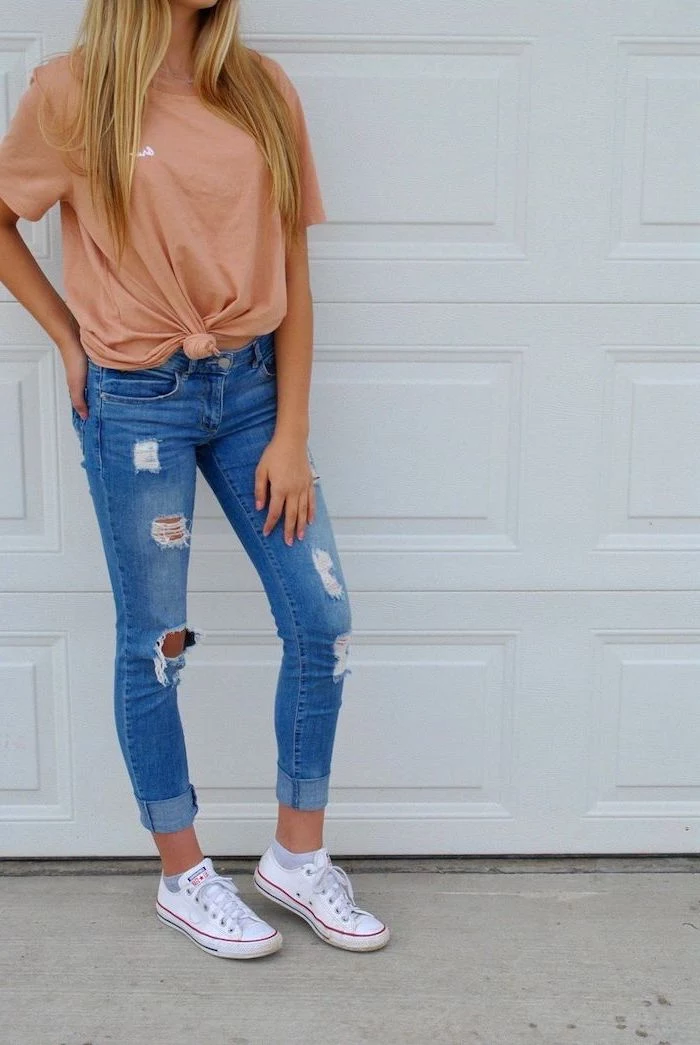
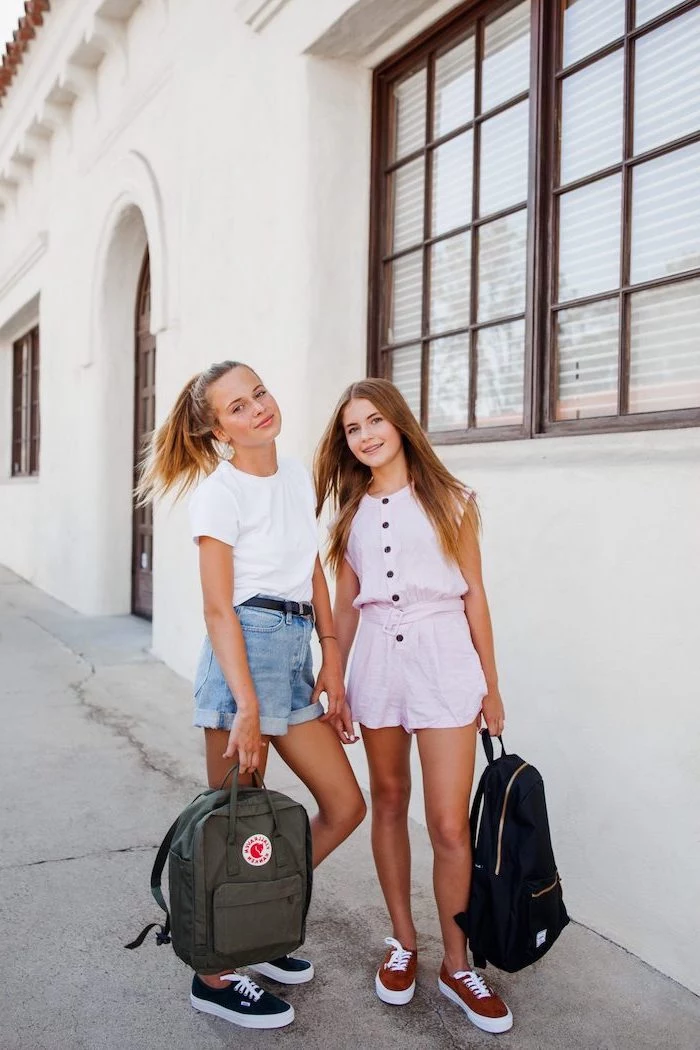
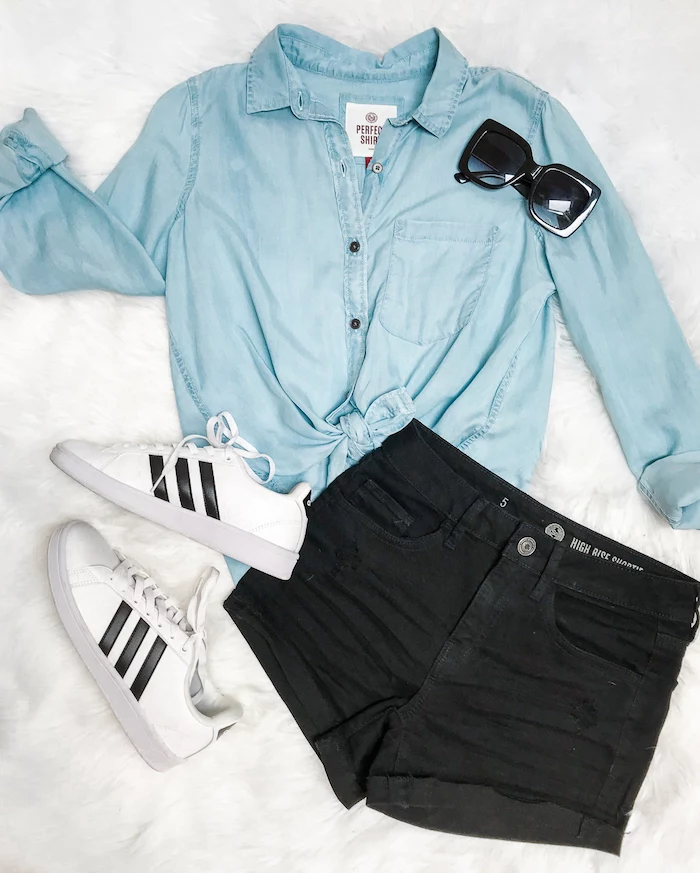
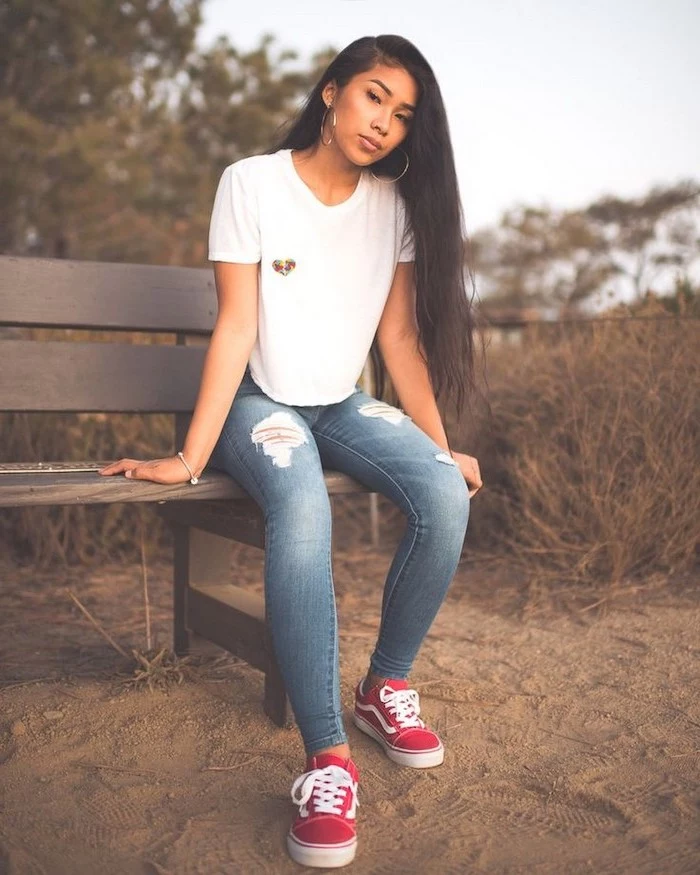
The Third Piece Rule: The simplest way to make a basic t-shirt and jeans look like a deliberate outfit is to add a third piece. This could be anything from a classic denim jacket to an open flannel shirt, a lightweight bomber, or even a statement cardigan. It adds depth and shows you put in that extra 10% of effort, instantly elevating your look.
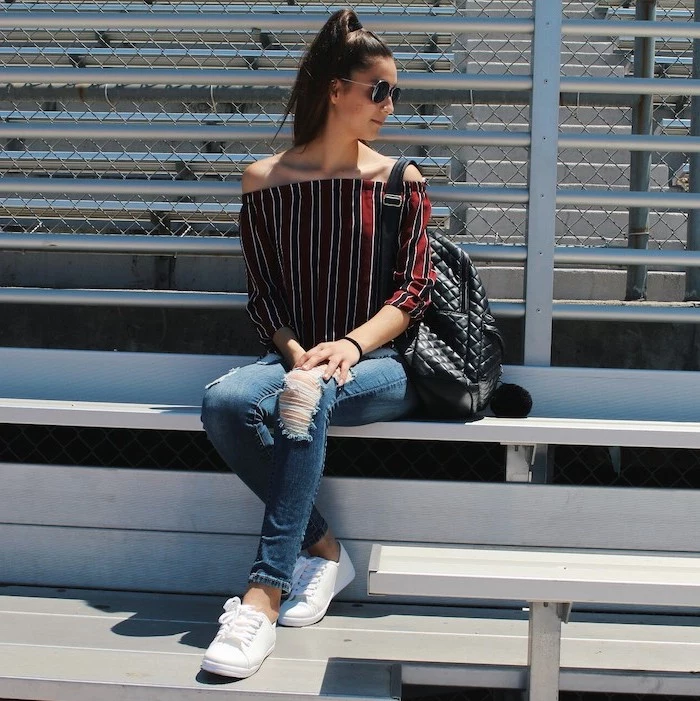
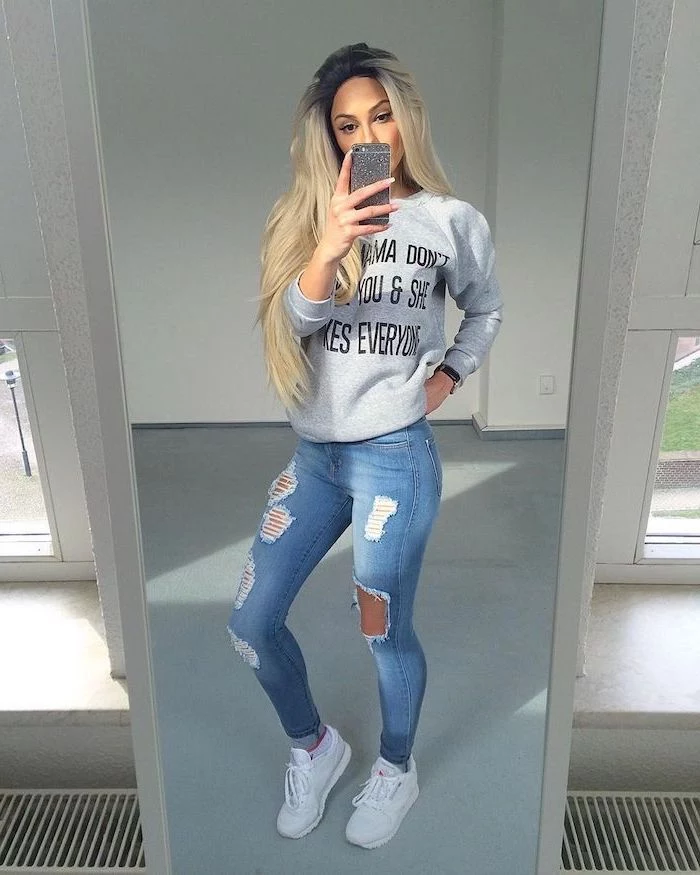
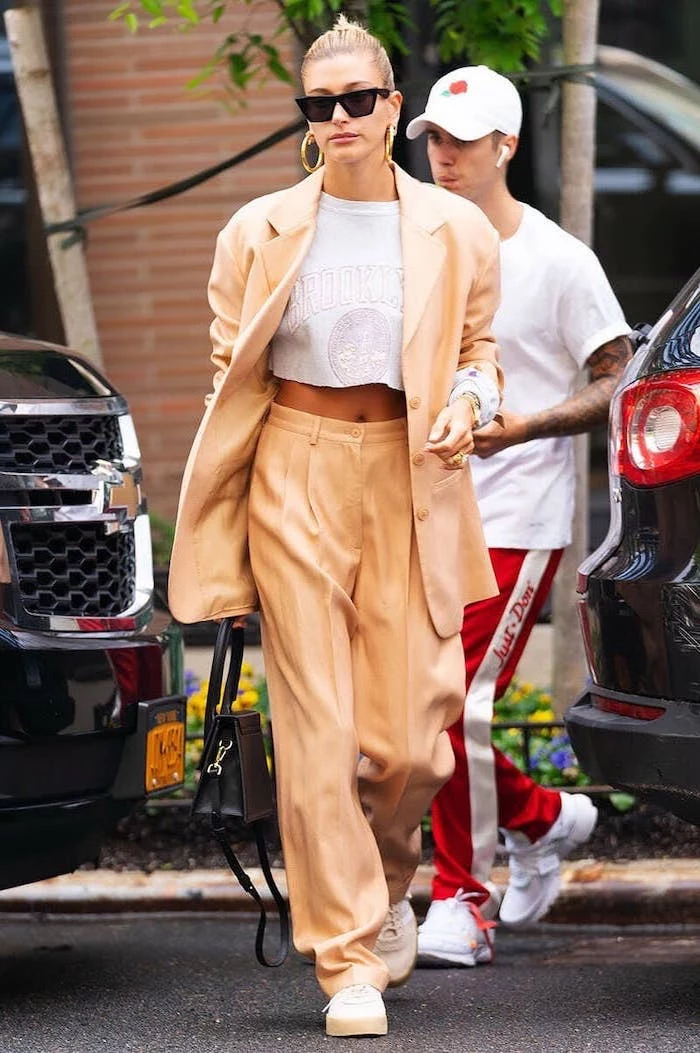
- A pair of dark-wash skinny or straight-leg jeans.
- A slightly oversized, light-wash denim jacket.
- A comfortable pair of black jeans or shorts.
The secret? This is your wardrobe’s foundation. These three denim pieces can be mixed and matched with almost any top or shoe, creating dozens of outfits without even trying.
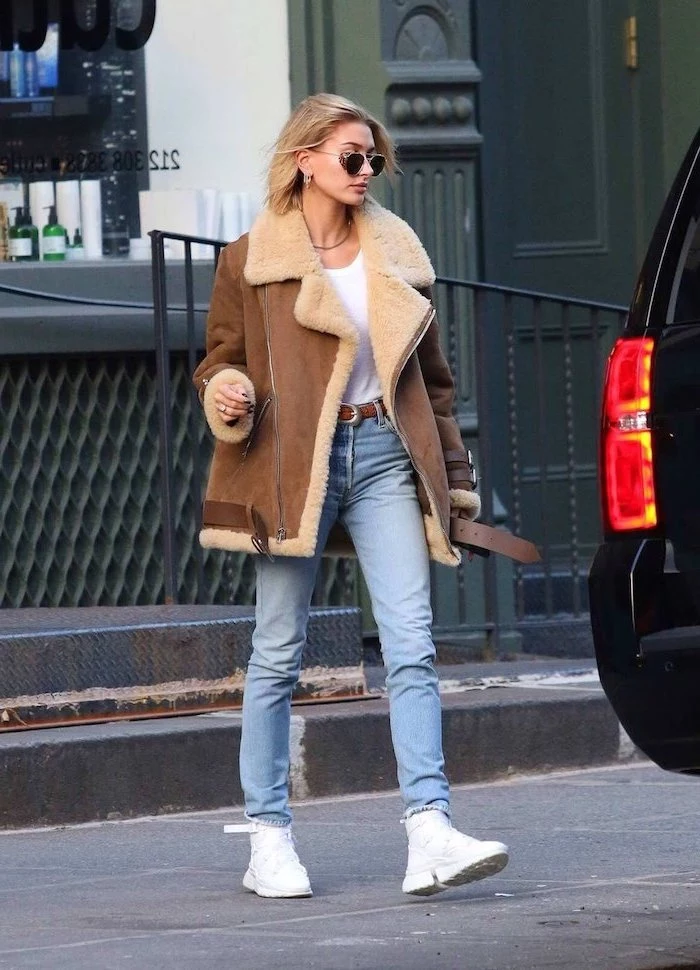
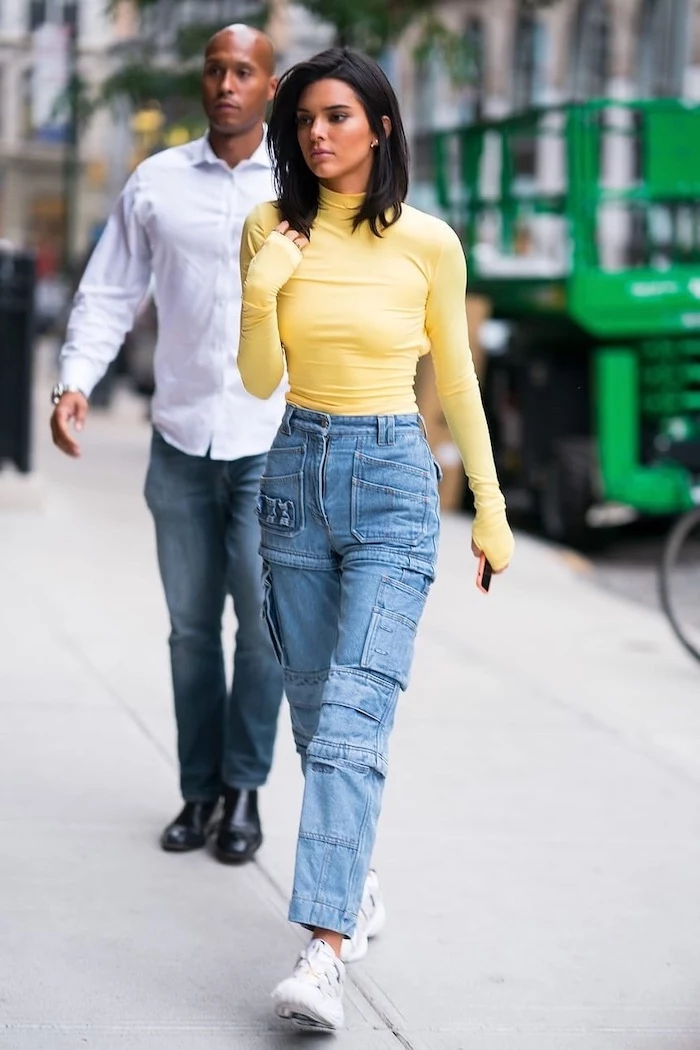
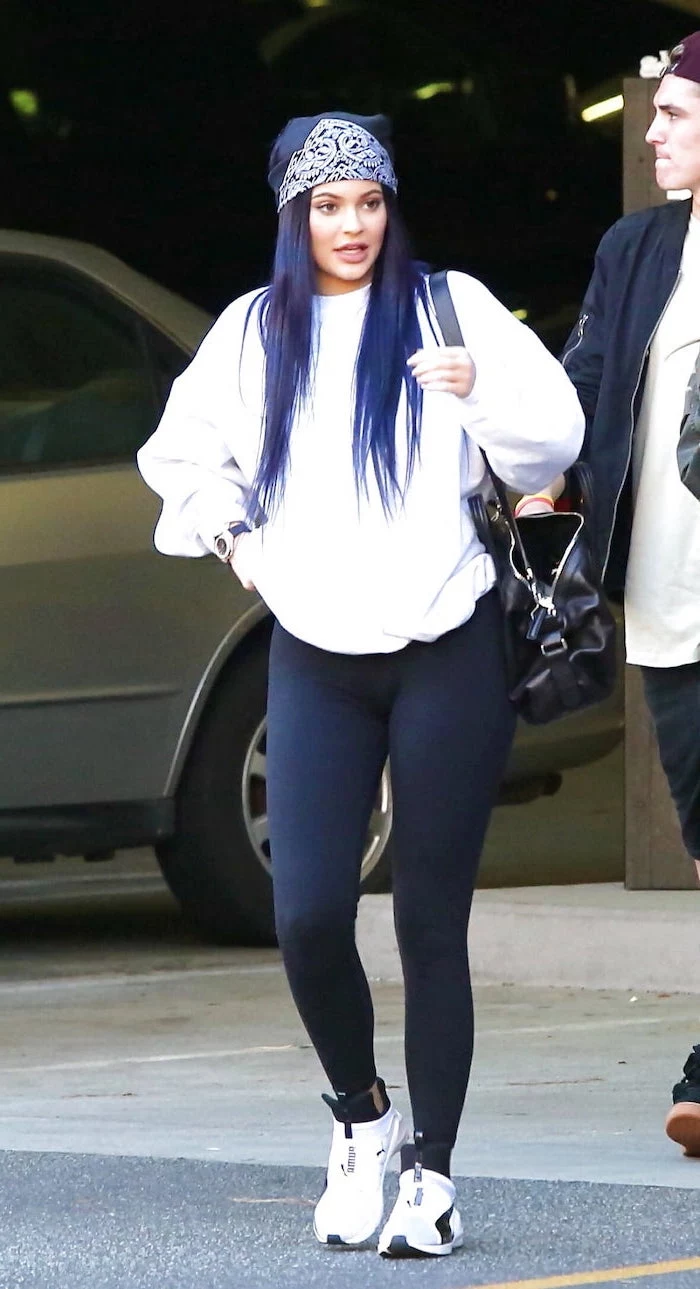
The average consumer now buys 60% more clothing items a year compared to 15 years ago, but each garment is kept for half as long.
Building a school wardrobe is the perfect opportunity to break this cycle. By focusing on quality pieces from brands like Patagonia, Levi’s, or even Muji, you invest in clothes designed to last for many semesters, not just a few weeks of trends.
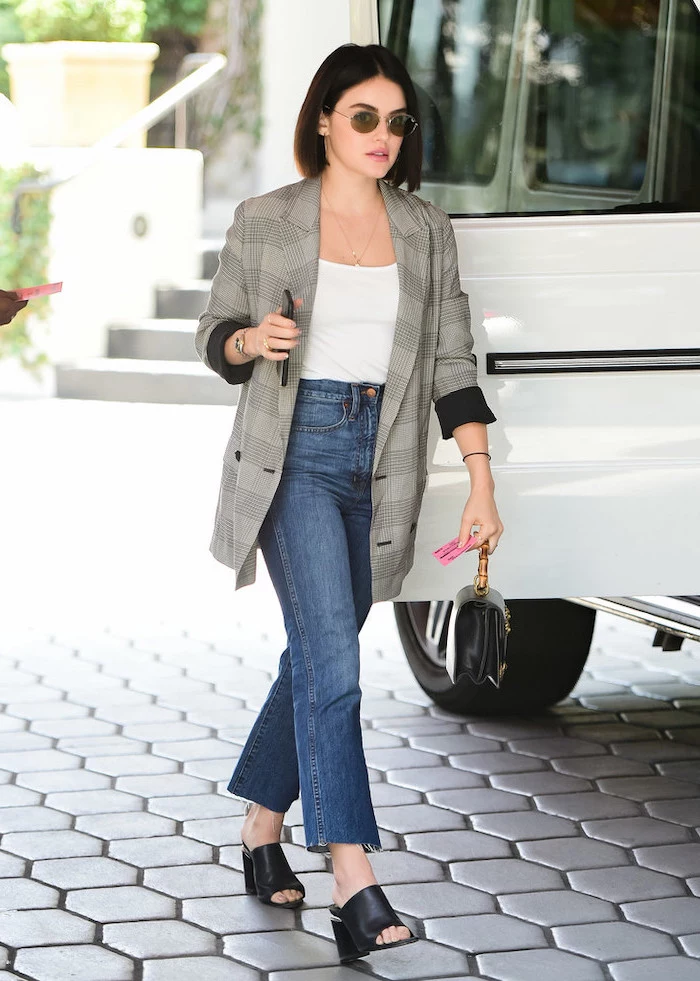
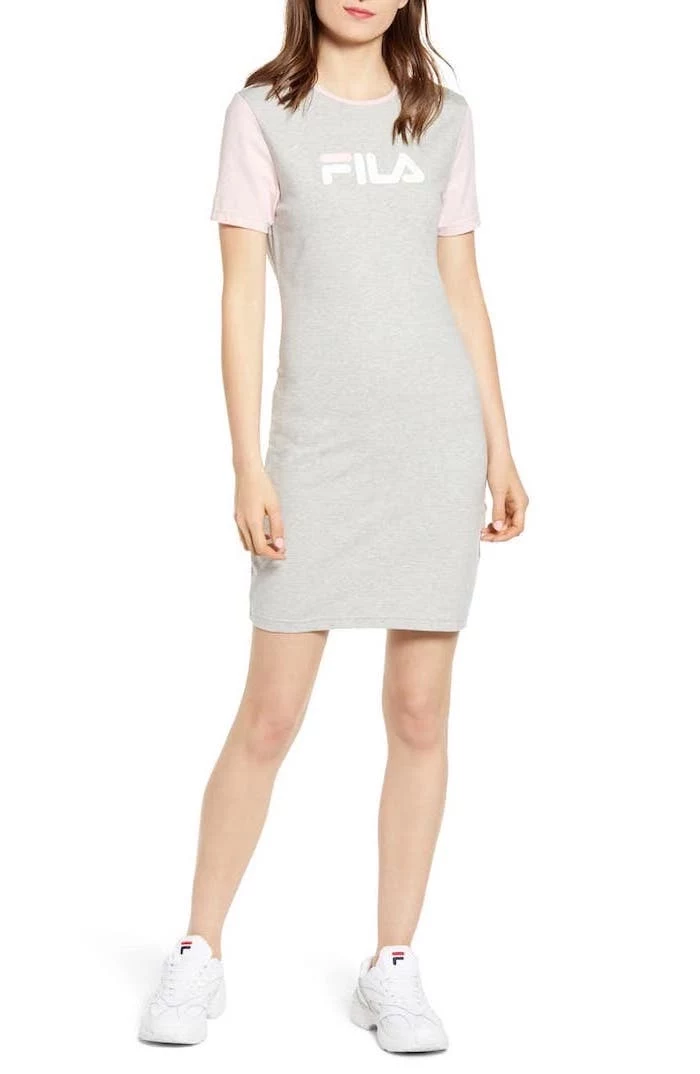
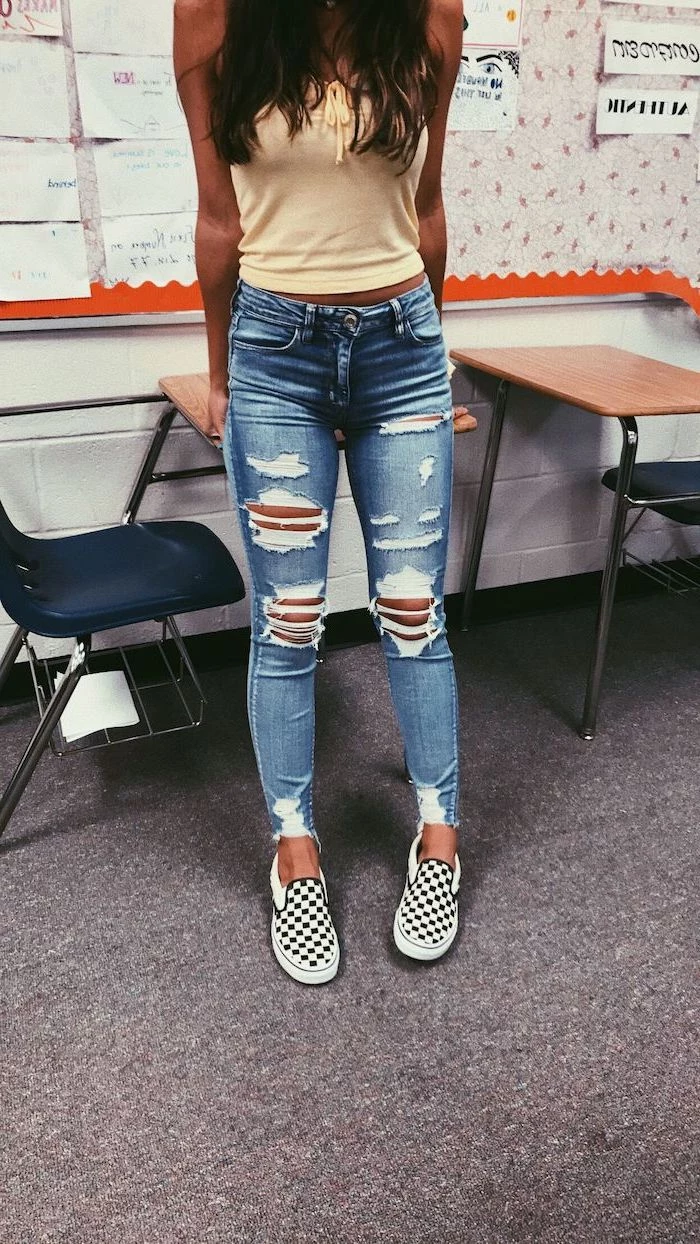
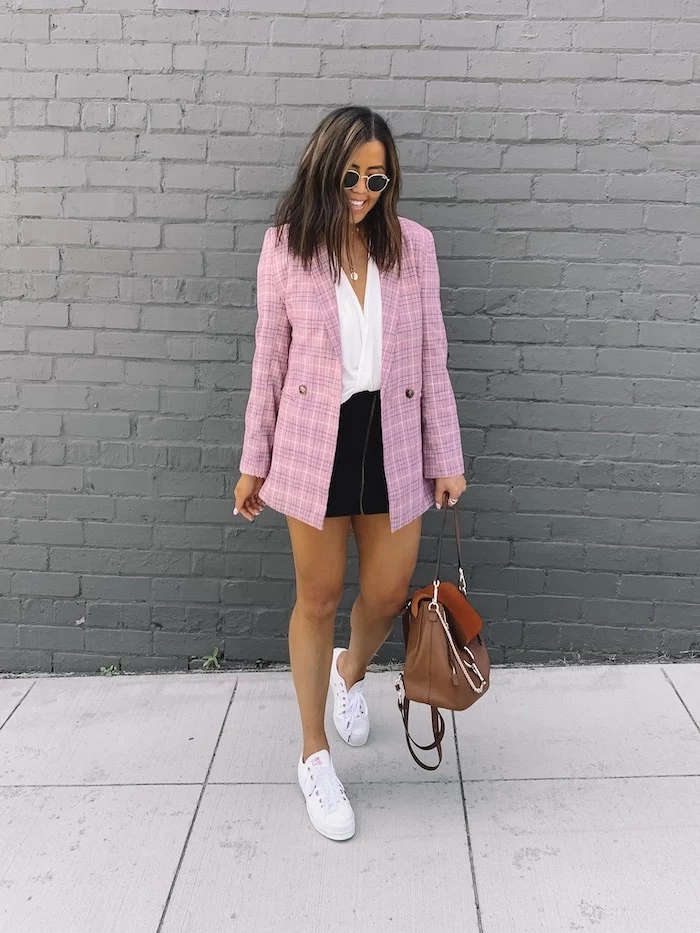
Thrift shopping seems overwhelming. Where do I even start?
Go with a plan! Instead of browsing aimlessly, have a specific item in mind, like ‘a vintage band tee’ or ‘a corduroy jacket’. Head straight to that section. Always check for quality: look at the seams, check for stains in good light, and make sure zippers and buttons work. This targeted approach turns a treasure hunt into a successful mission.
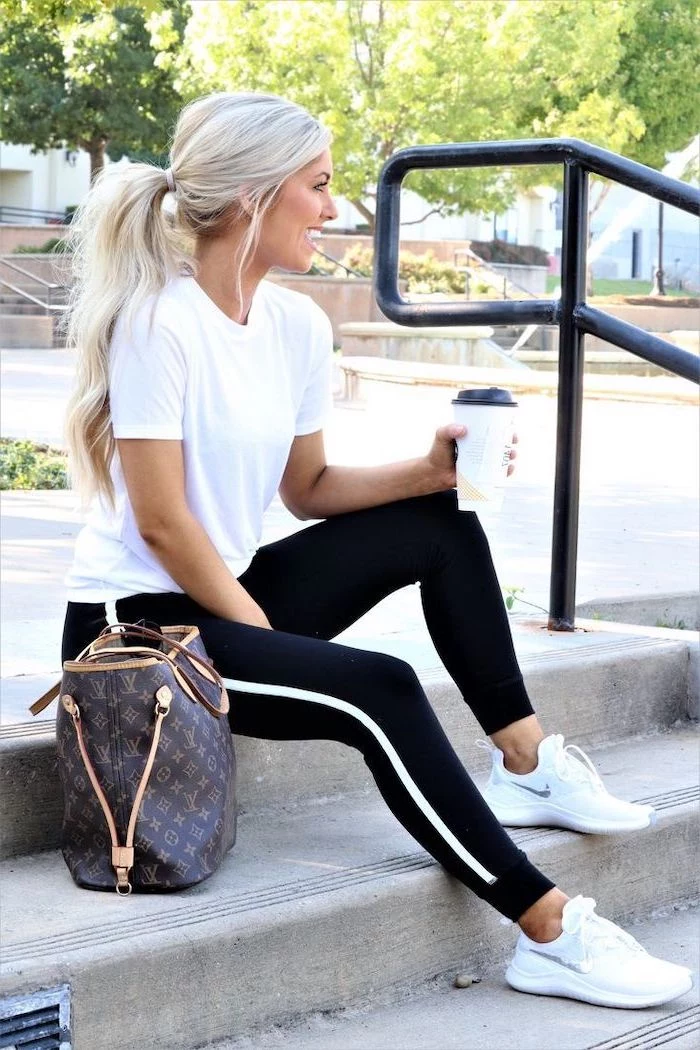
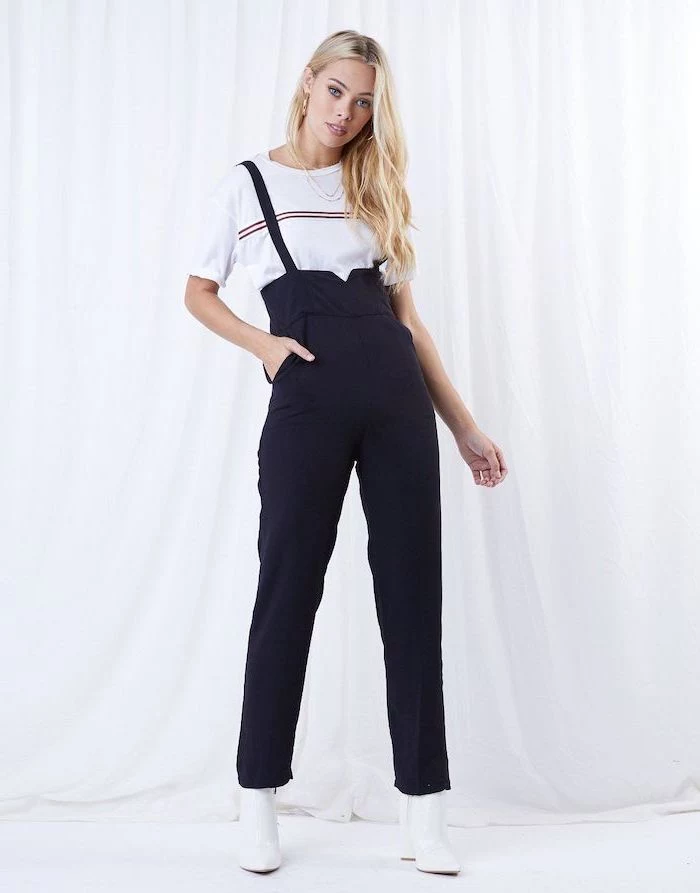
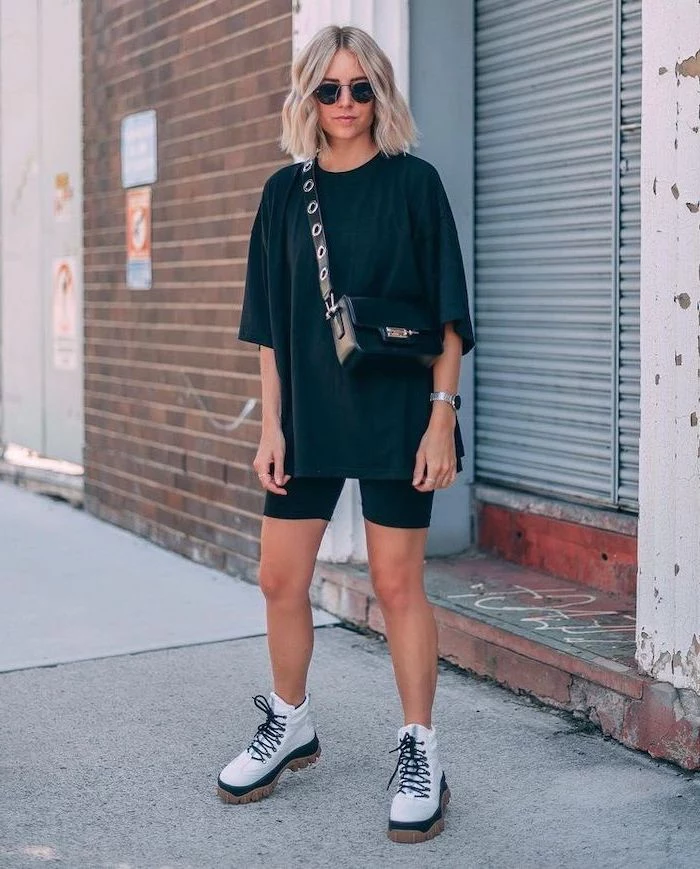
Canvas Sneakers: Think Converse or Vans. They’re lightweight, breathable, and come in endless colors. They’re a casual classic but can show dirt easily and offer less support.
Leather Sneakers: Think Adidas Stan Smiths or Nike Air Force 1s. They’re more durable, easier to wipe clean, and often provide better cushioning. They can be warmer in hot weather and usually have a higher price point. For all-day school comfort, leather often wins.
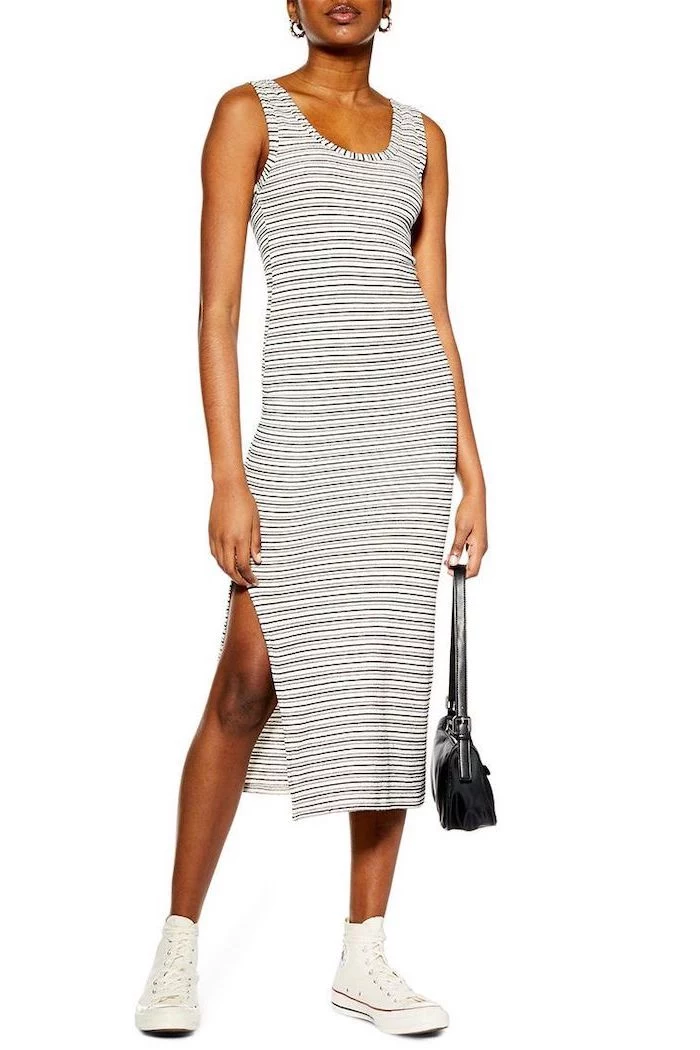
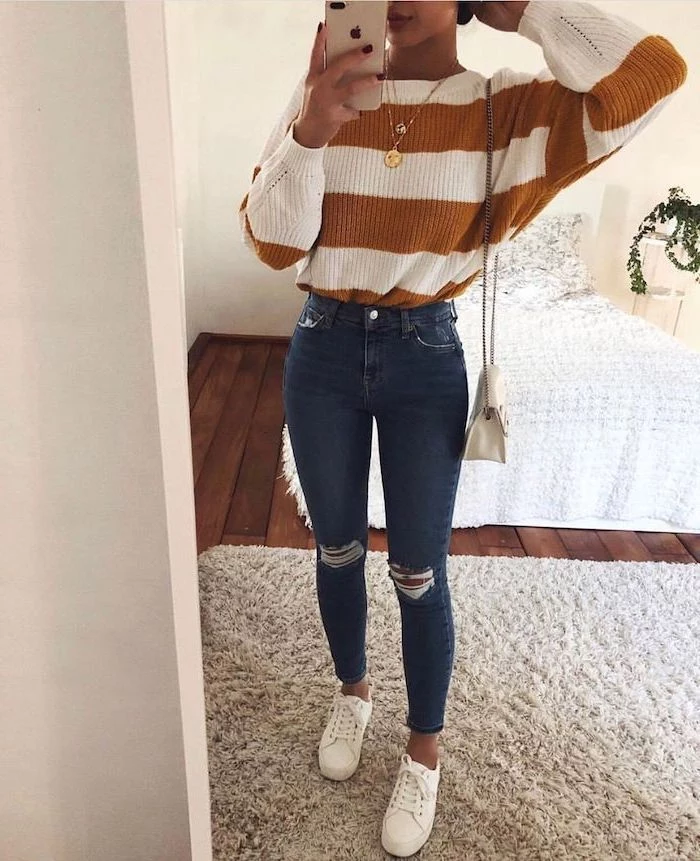
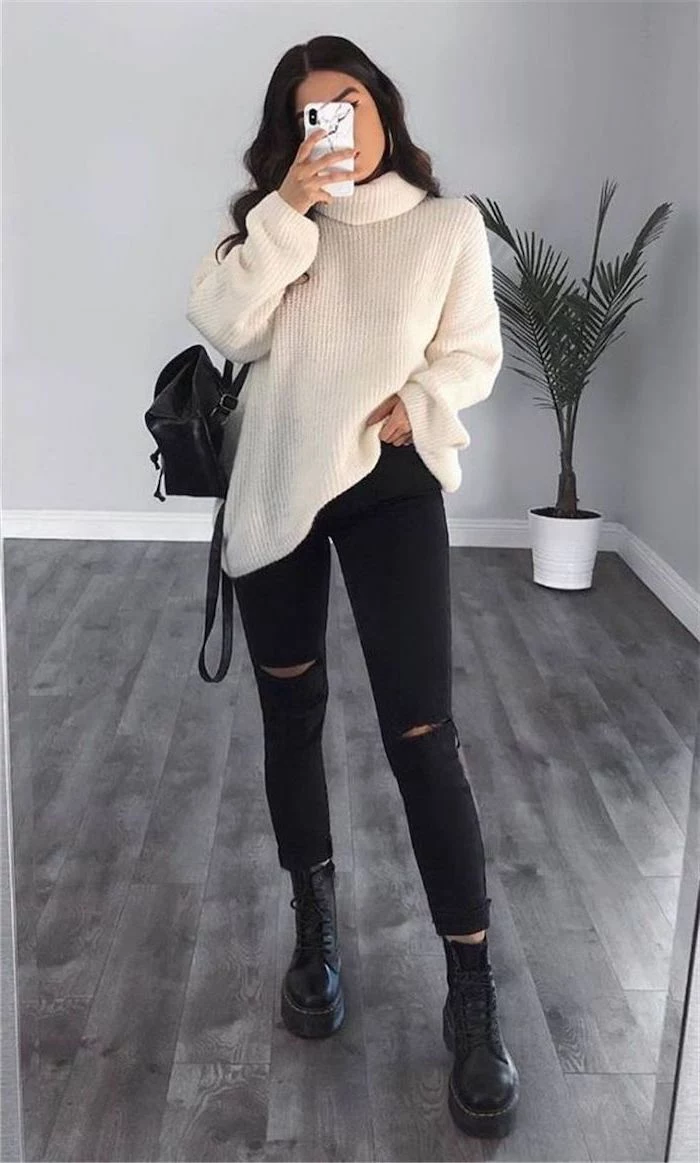
Don’t underestimate the power of a great sweatshirt. We’re not talking about a worn-out, stained relic. A well-fitting, high-quality crewneck or hoodie in a solid neutral like grey, navy, or oatmeal is a modern staple. Look to brands like Champion for their timeless Reverse Weave that won’t lose its shape, or Everlane for a more minimalist, sustainable option.
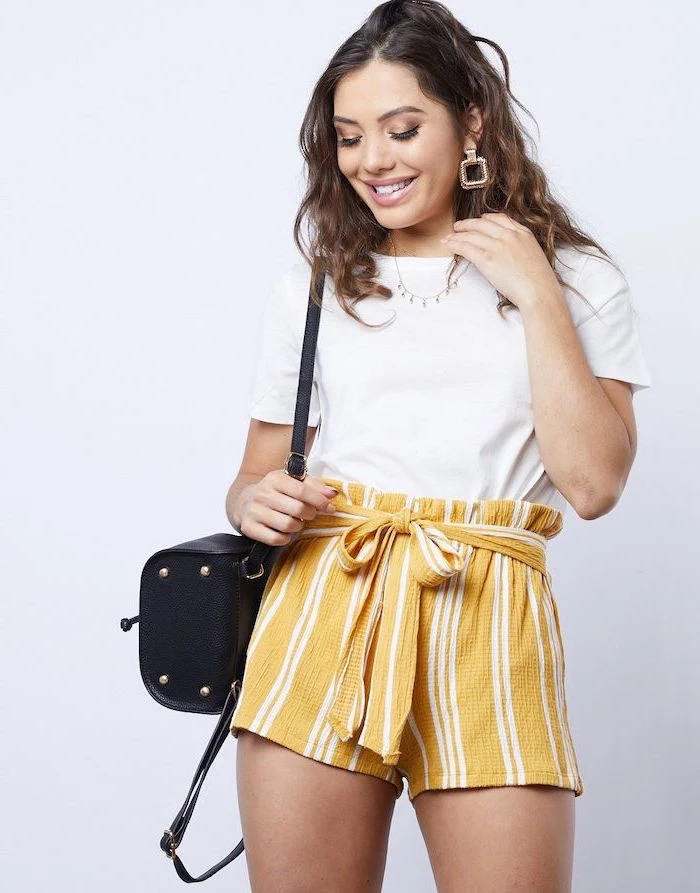
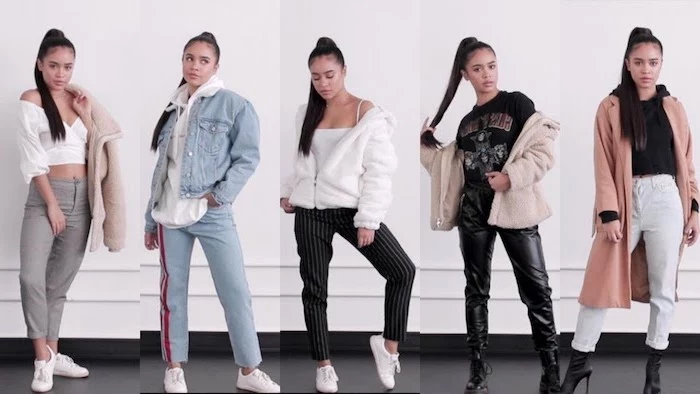
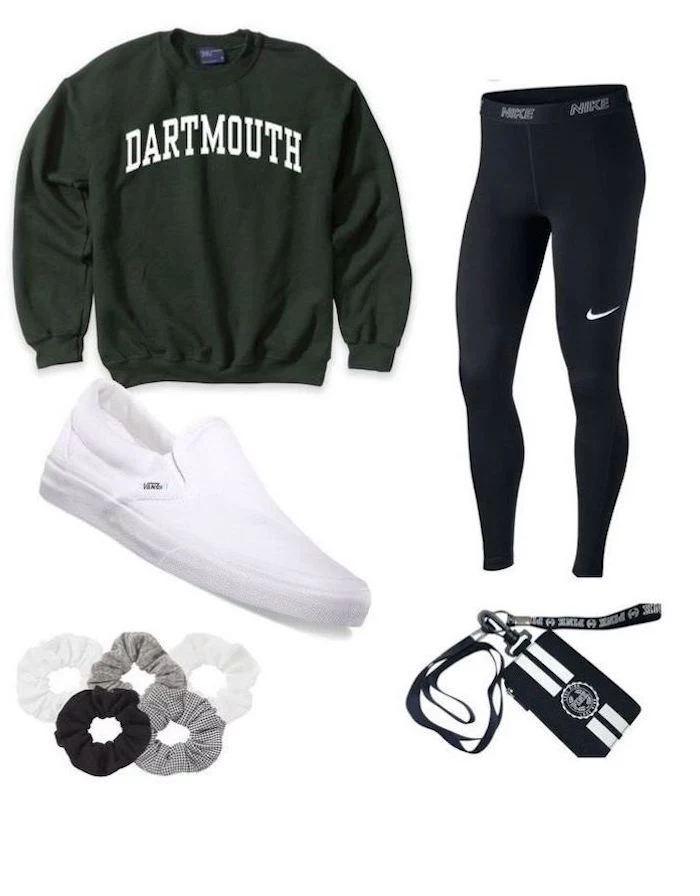
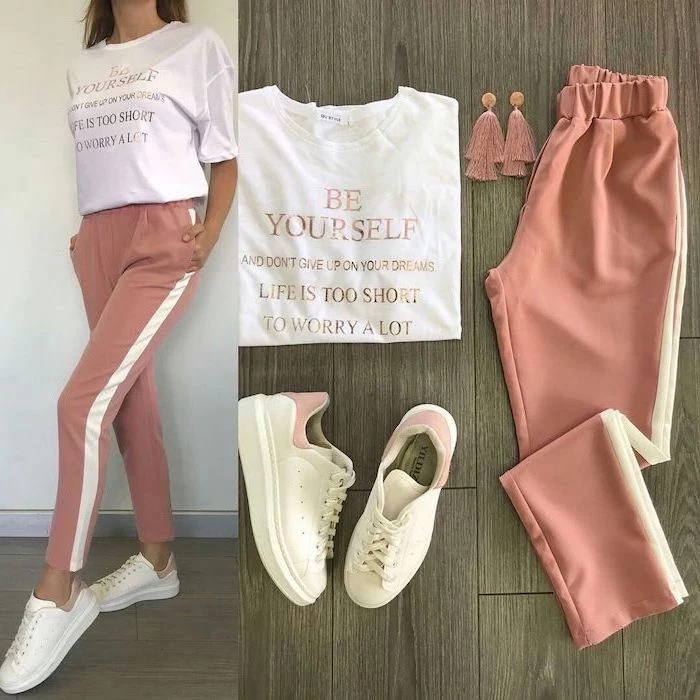
- They regulate temperature, keeping feet warm in the cold and cool in the heat.
- They are naturally moisture-wicking and antibacterial, which means less sweat and no smell.
- They provide cushioning without being bulky.
The key to all-day comfort isn’t just your shoes, it’s quality socks. A few pairs of merino wool socks from brands like Smartwool or Darn Tough are a game-changer.
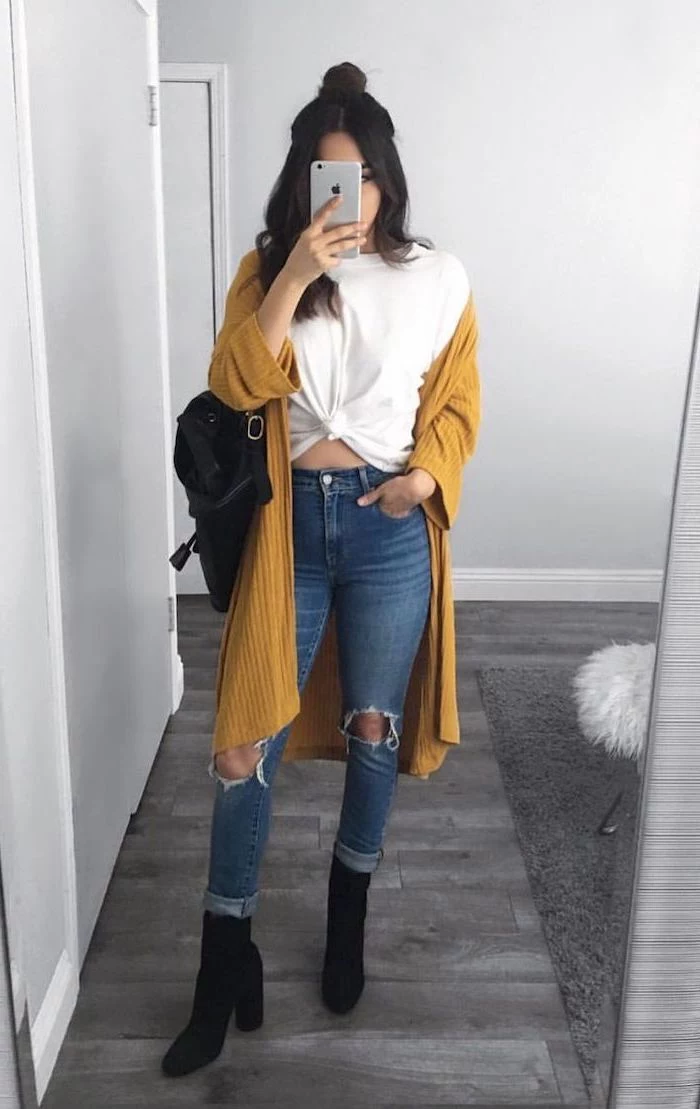
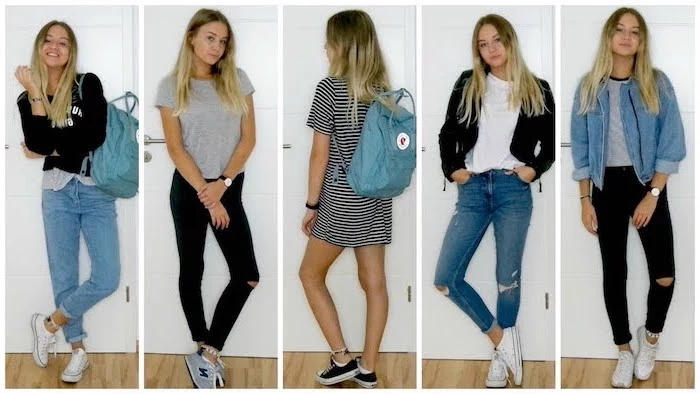
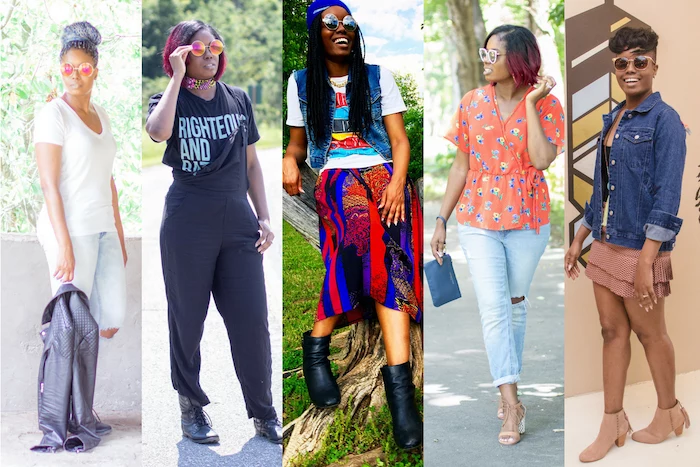
Think beyond jeans for your daily bottoms. A great pair of chinos in a versatile color like khaki, olive green, or navy offers a slightly more put-together look while being just as comfortable. Brands like Dockers or J.Crew make classic cuts that are durable enough for daily wear and easily pass most school dress codes.
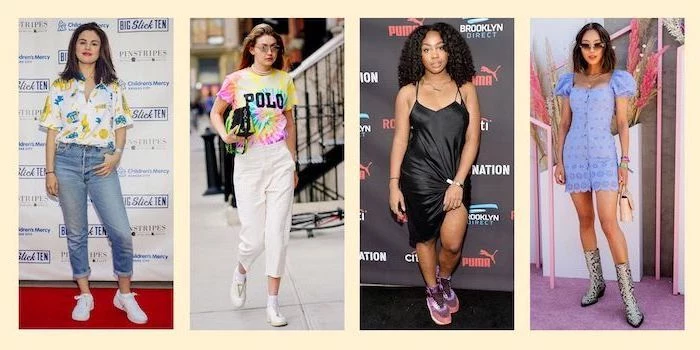
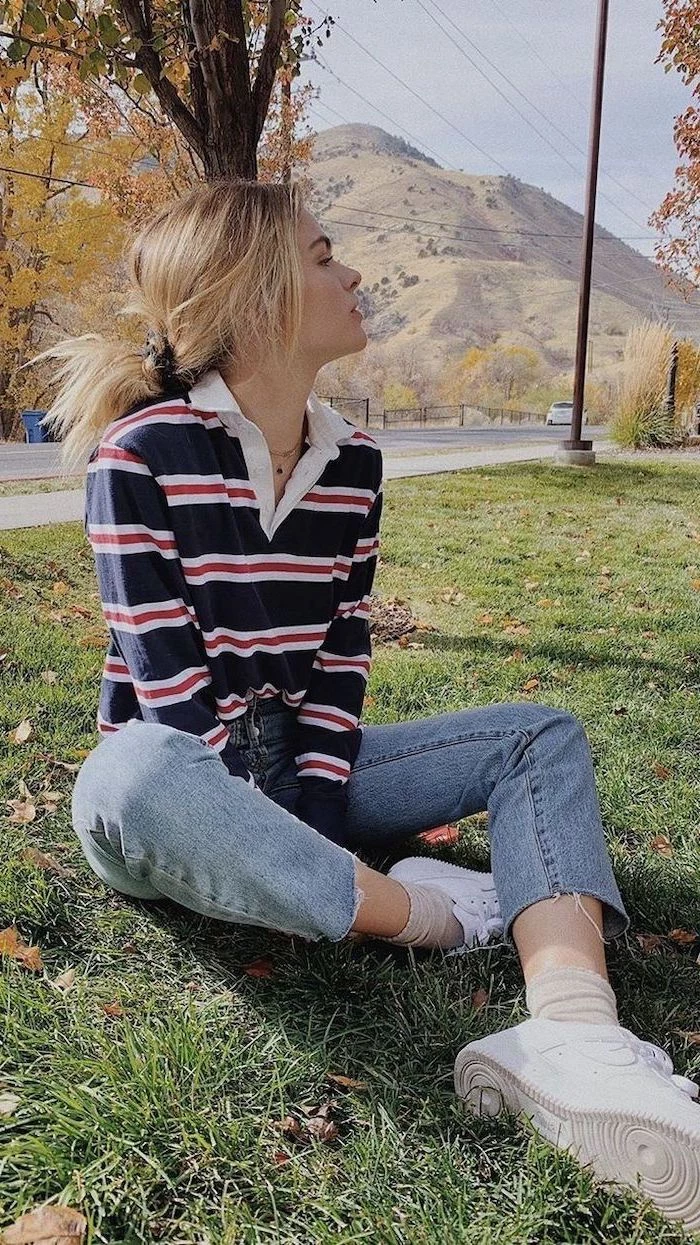
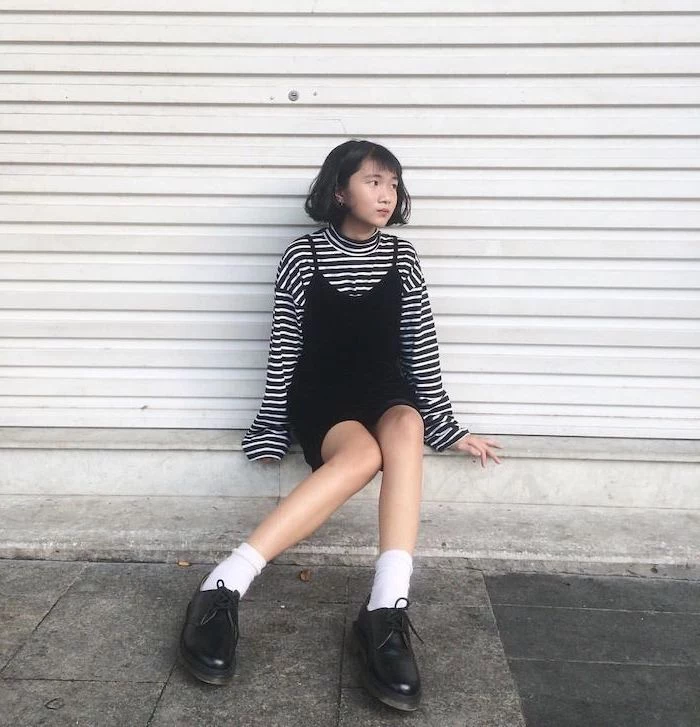
A backpack is more than just a book carrier; it’s your daily go-bag. When choosing one, prioritize function:
- Durable Zippers: YKK zippers are the industry gold standard for a reason.
- Padded Straps: Non-negotiable for carrying heavy textbooks.
- Water Bottle Pocket: A simple feature that you’ll use every single day.
Models like the Fjällräven Kånken or the Herschel Classic Backpack blend iconic style with the practical features you actually need.
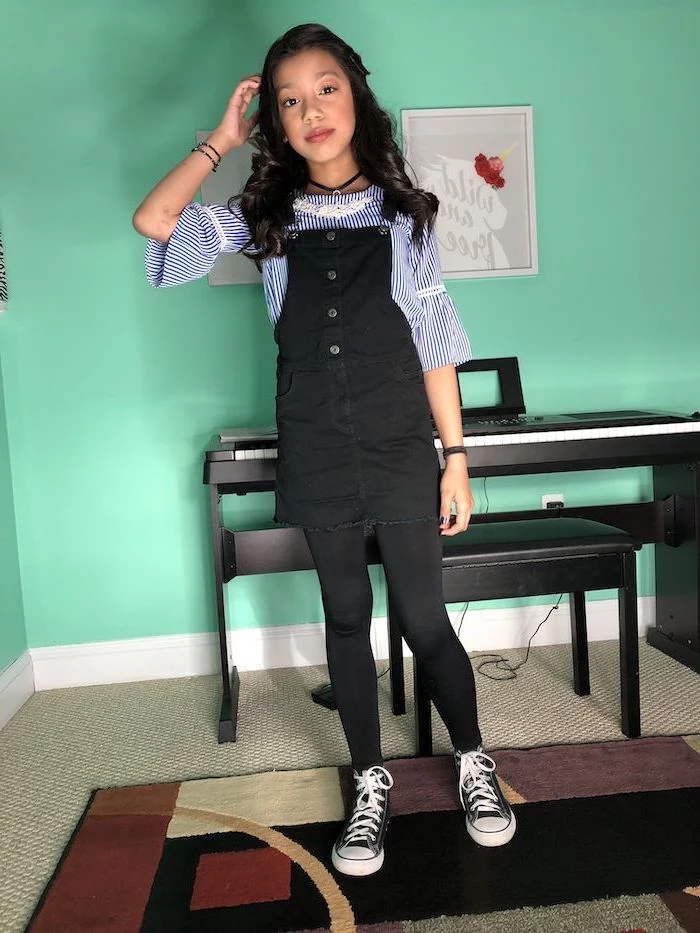
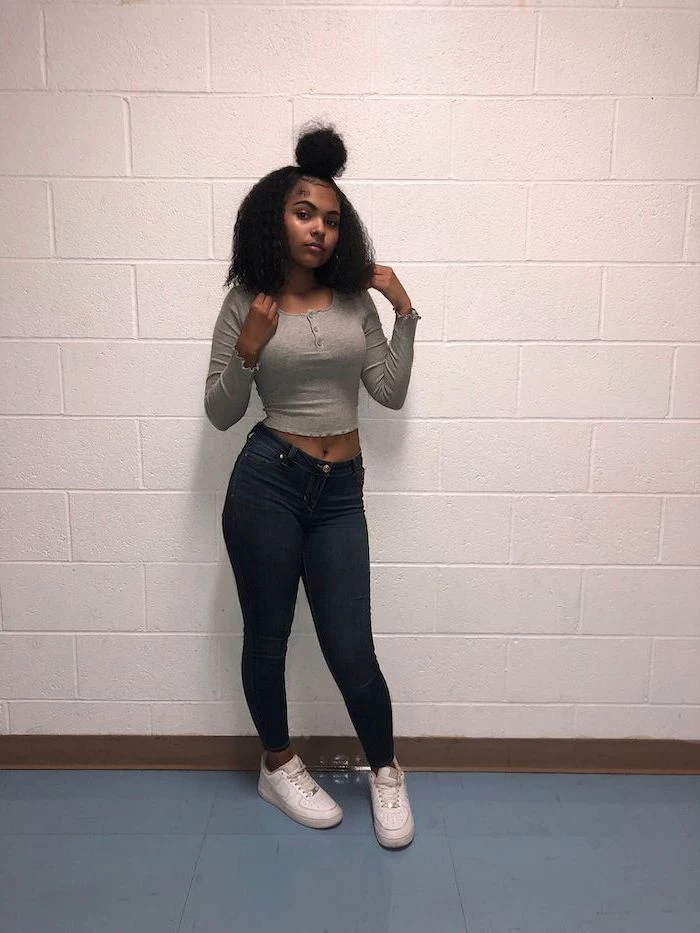
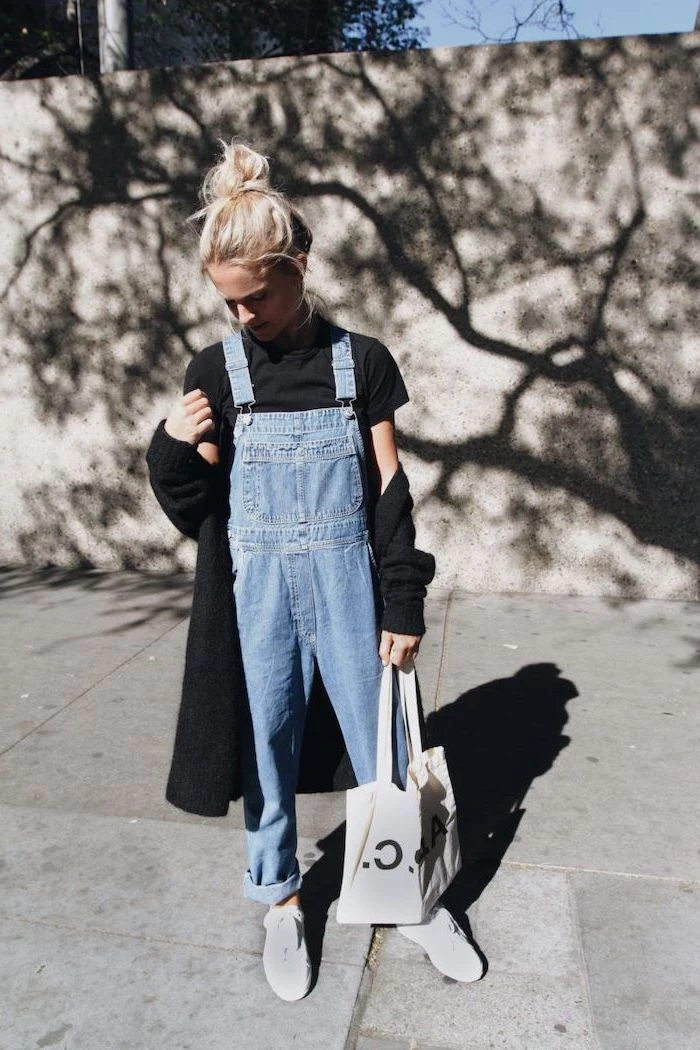
Can you really build a functional wardrobe with just 15 core items?
Absolutely. This is the ‘capsule wardrobe’ concept. The trick is choosing versatile pieces that all work together. Think 3-4 bottoms (jeans, chinos), 5-6 tops (tees, a sweater), 2-3 layering pieces (jacket, hoodie), and 2 pairs of shoes (sneakers, boots). Everything should match everything else, eliminating morning decision-fatigue.
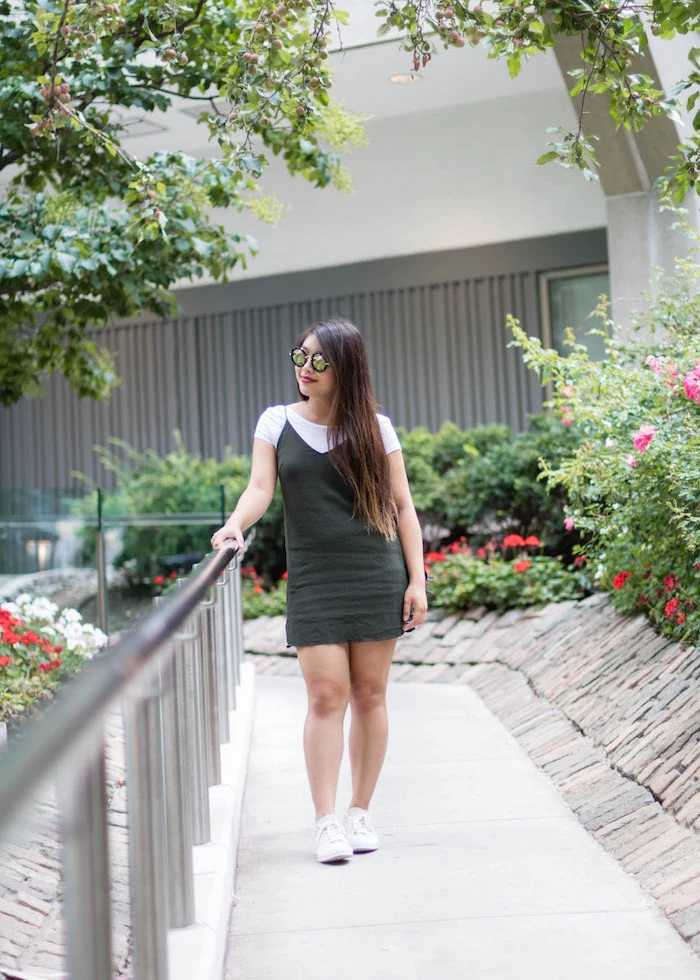
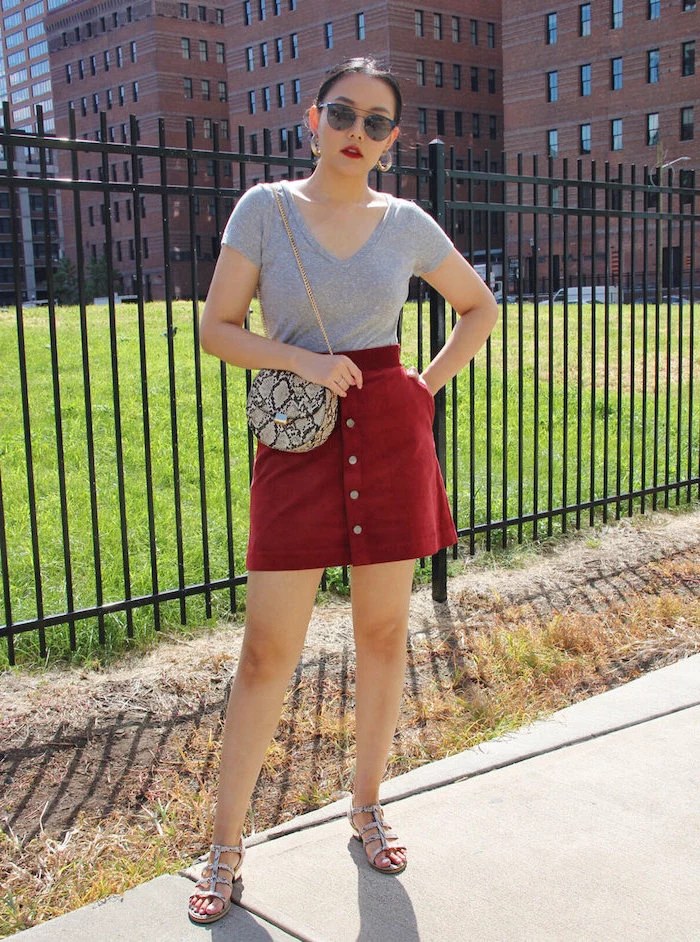
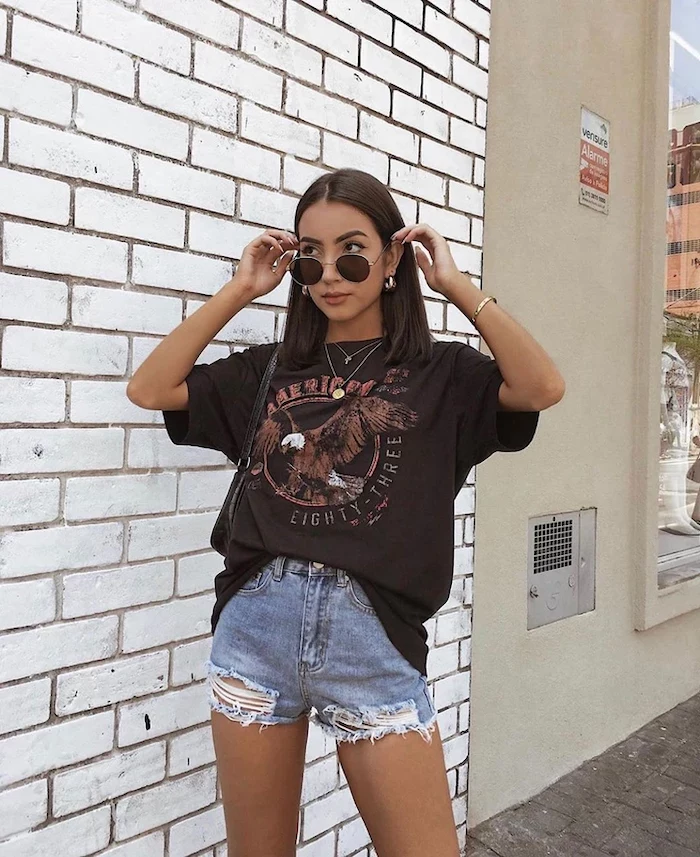
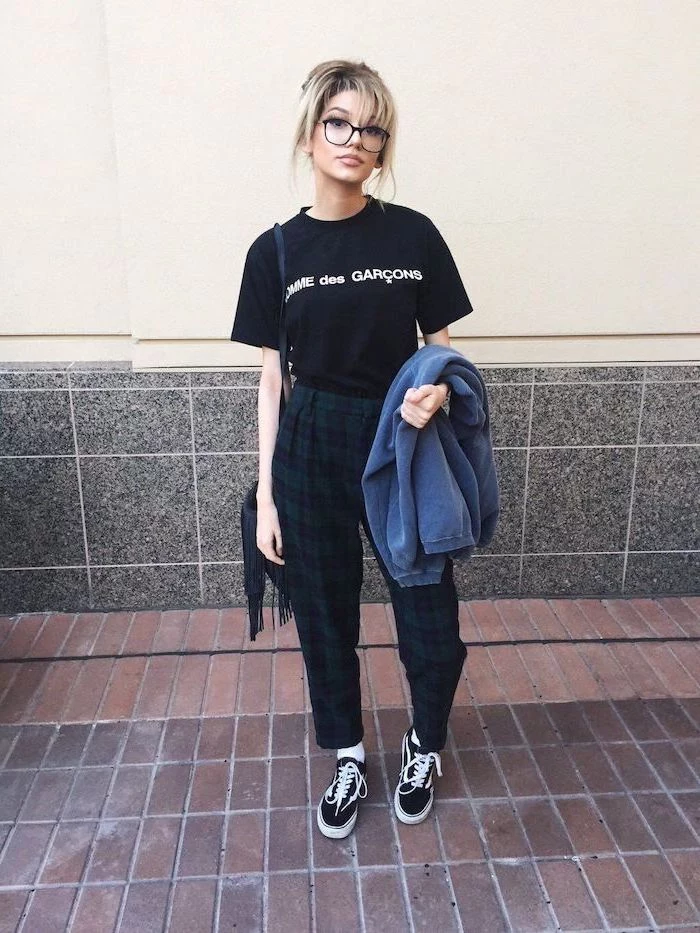
The Golden Rule of Laundry: To make your favorite graphic tees and dark jeans last, always wash them inside out in cold water. The cold water prevents colors from bleeding and fading, while turning them inside out protects prints and denim dye from the abrasive action of the washing machine. Air dry when possible for even longer life.

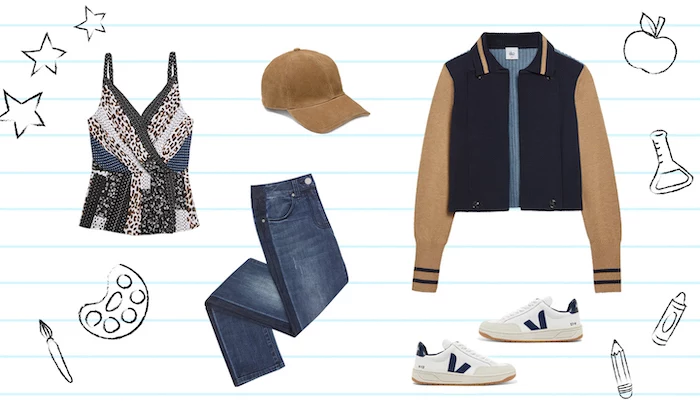
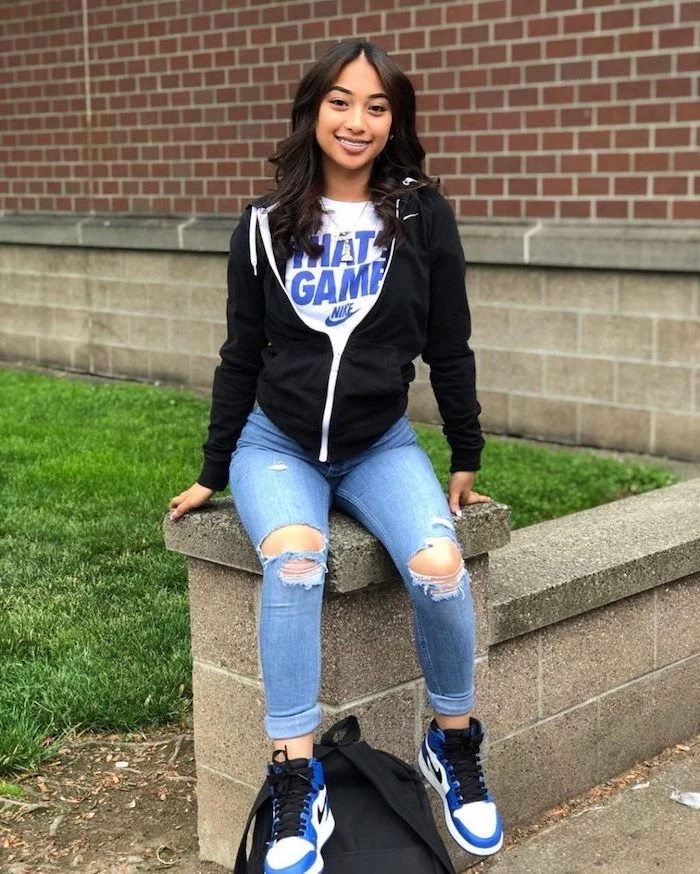
Your denim jacket is a blank canvas. Spend an afternoon making it uniquely yours. Iron on patches from your favorite bands or national parks, add enamel pins from local coffee shops, or even try some simple embroidery on a pocket. It’s a low-cost way to own a one-of-a-kind piece that tells your story.
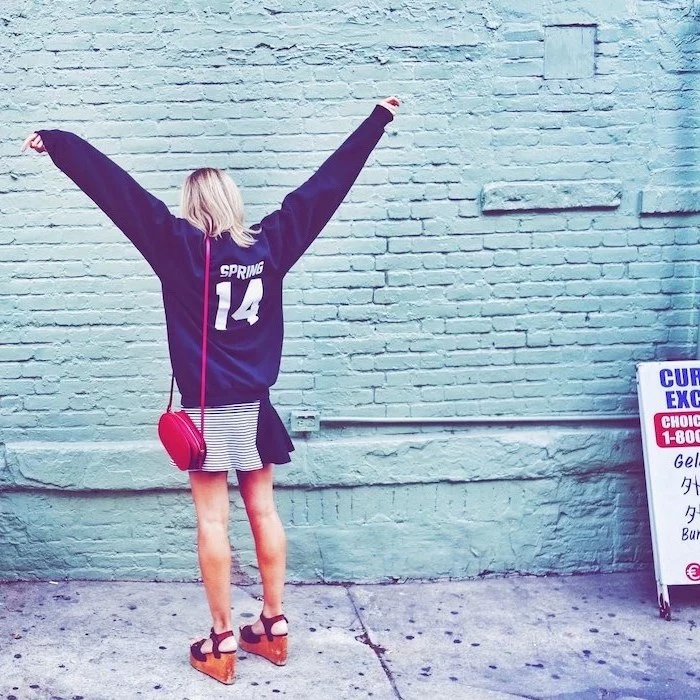
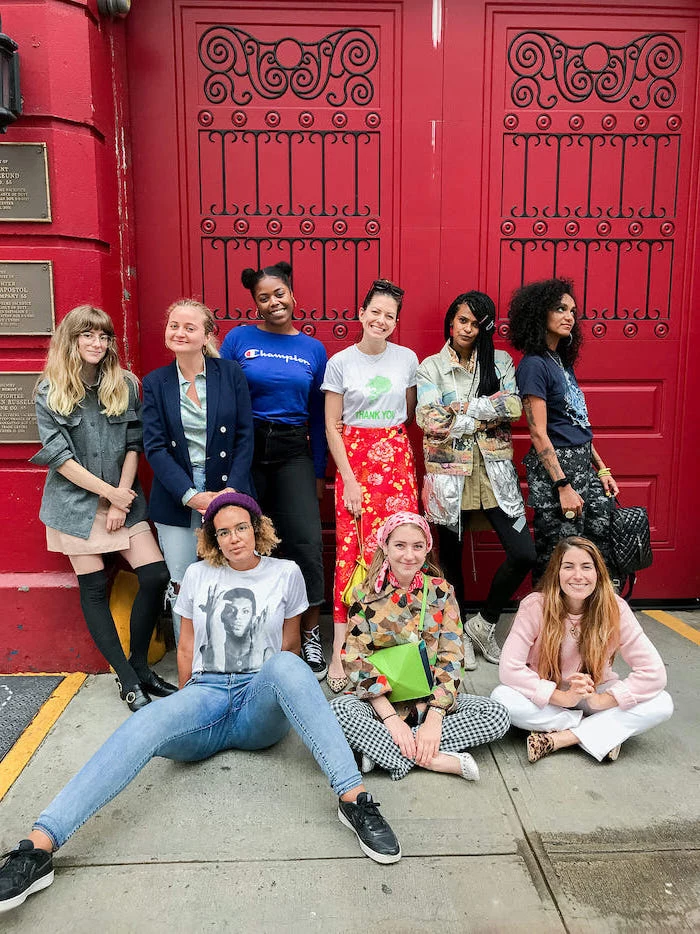

- A quality leather or woven belt.
- A simple, classic watch (like a Timex Weekender).
- A versatile bandana or lightweight scarf.
These three small additions can make the same t-shirt and jeans feel entirely different. A belt defines the waist and adds polish, a watch is practical and stylish, and a bandana can be a pop of color around your neck, wrist, or tied to your bag.
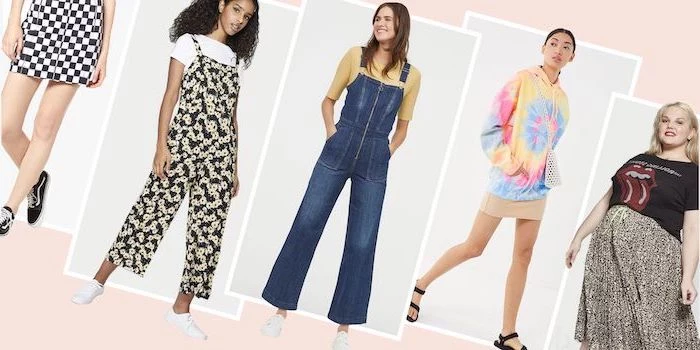
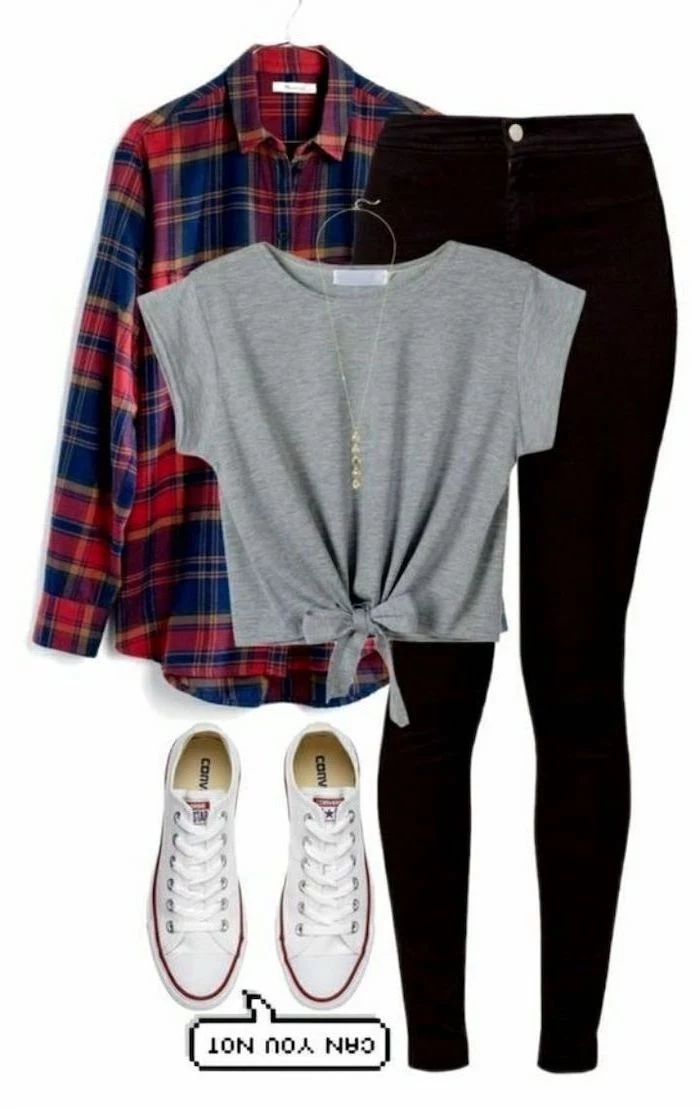
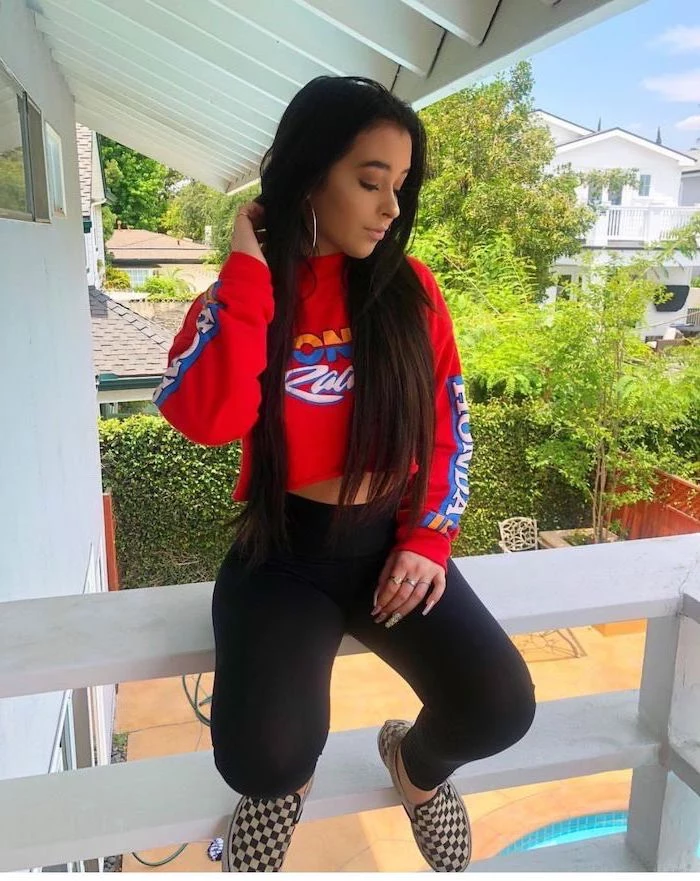
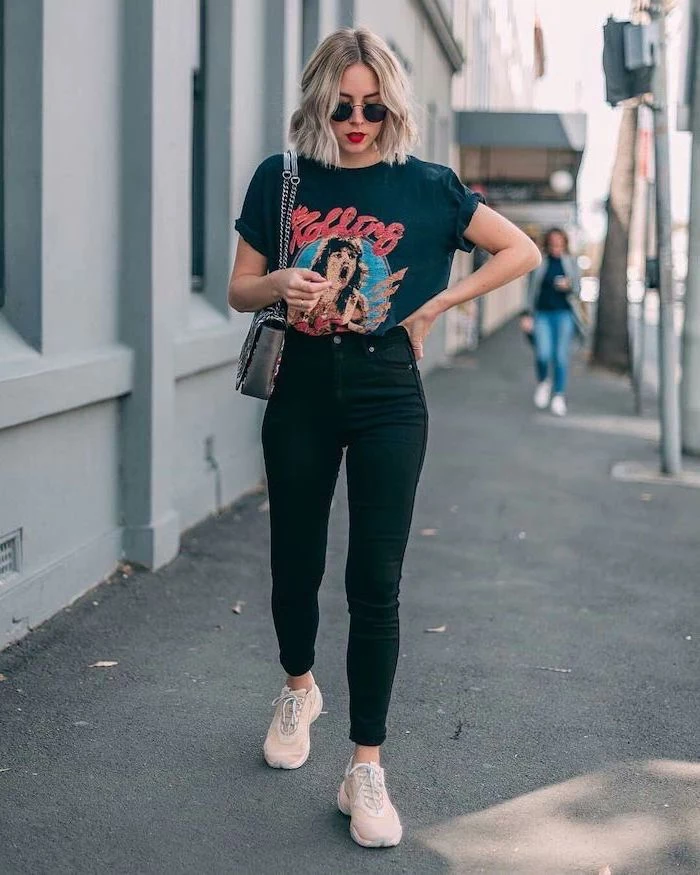
Uniqlo Supima Cotton Tee: Made from superior-grade cotton with longer fibers, making it incredibly soft, durable, and resistant to pilling. A higher initial cost but holds its shape and feel for years.
Standard Fast-Fashion Tee: Typically made from lower-grade, short-fiber cotton. It feels fine at first but is prone to shrinking, twisting at the seams, and losing its softness after just a few washes. A lower price for a much shorter lifespan.

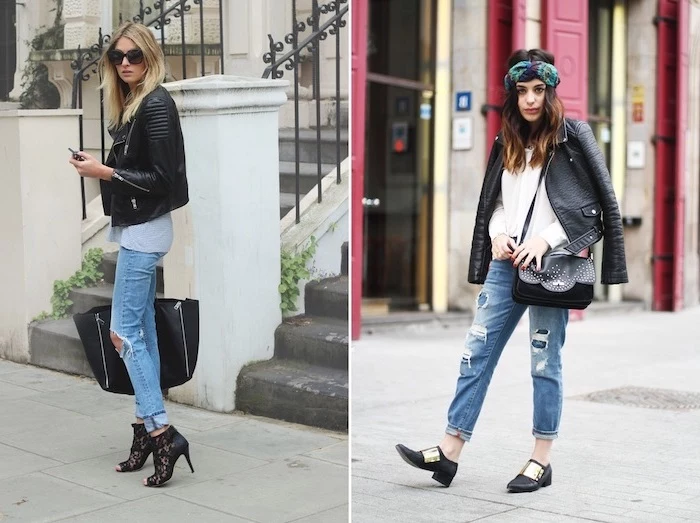
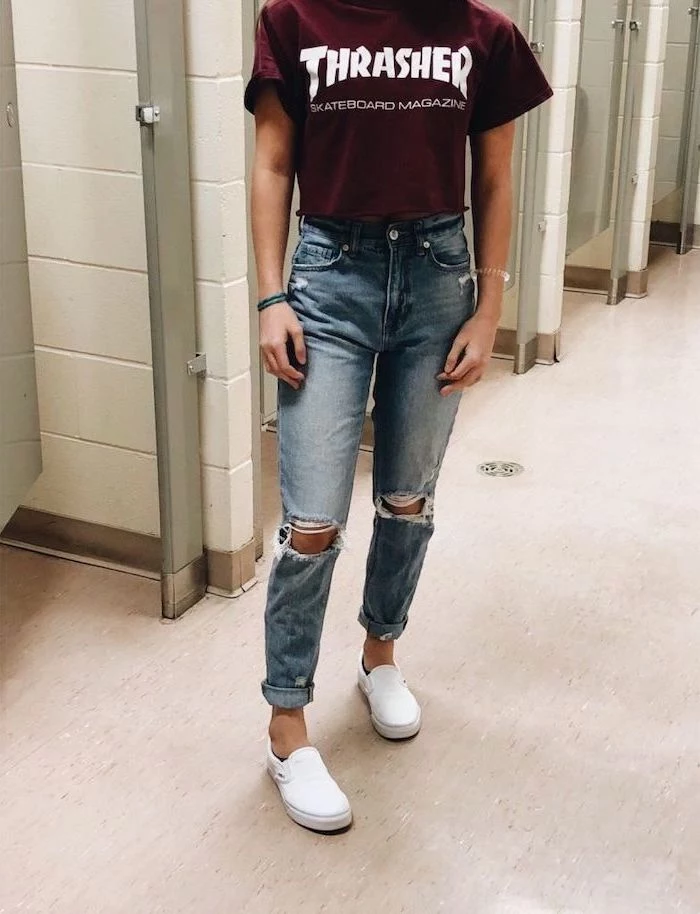
A 2018 study found that 85% of our daily ‘decision fatigue’ comes from small, trivial choices made in the morning, including what to wear.
Having a single, no-fail ‘uniform’—like your favorite black jeans, a grey crewneck sweater, and white sneakers—is a secret weapon. It removes the guesswork on stressful mornings, guaranteeing you’ll feel comfortable and confident without draining your mental energy before you even leave the house.
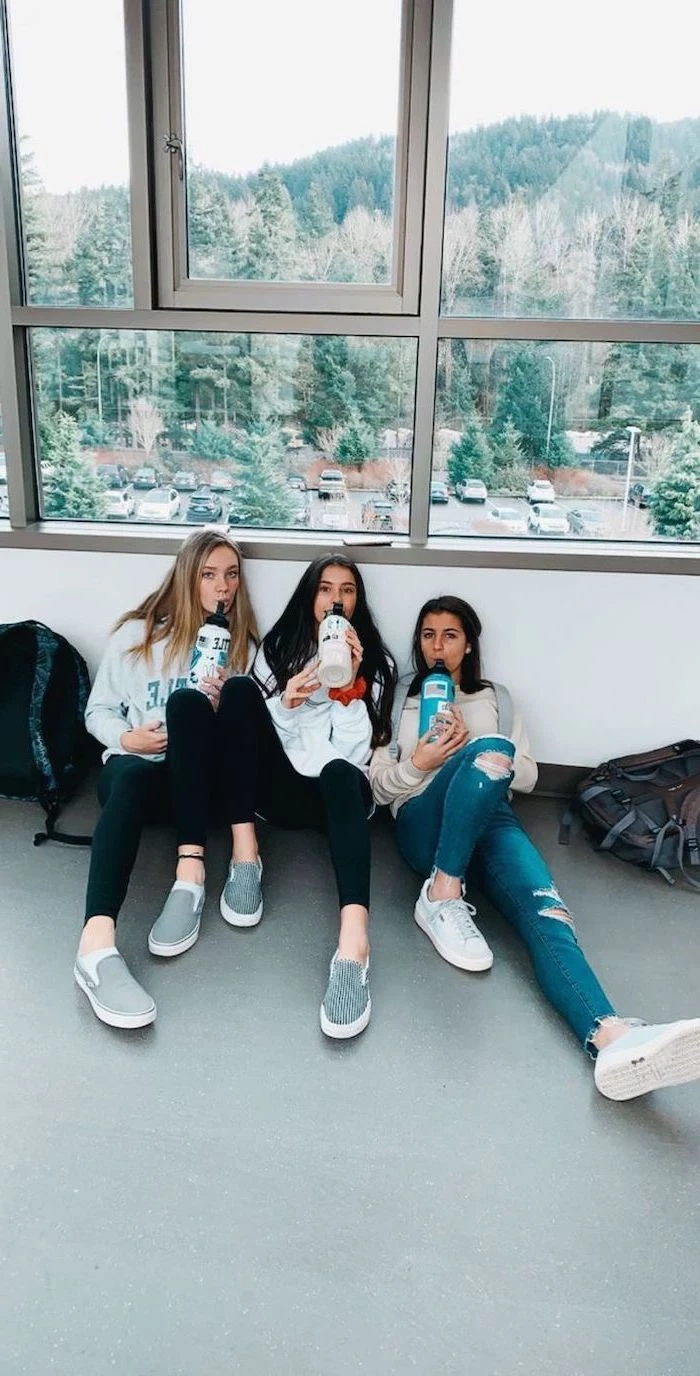
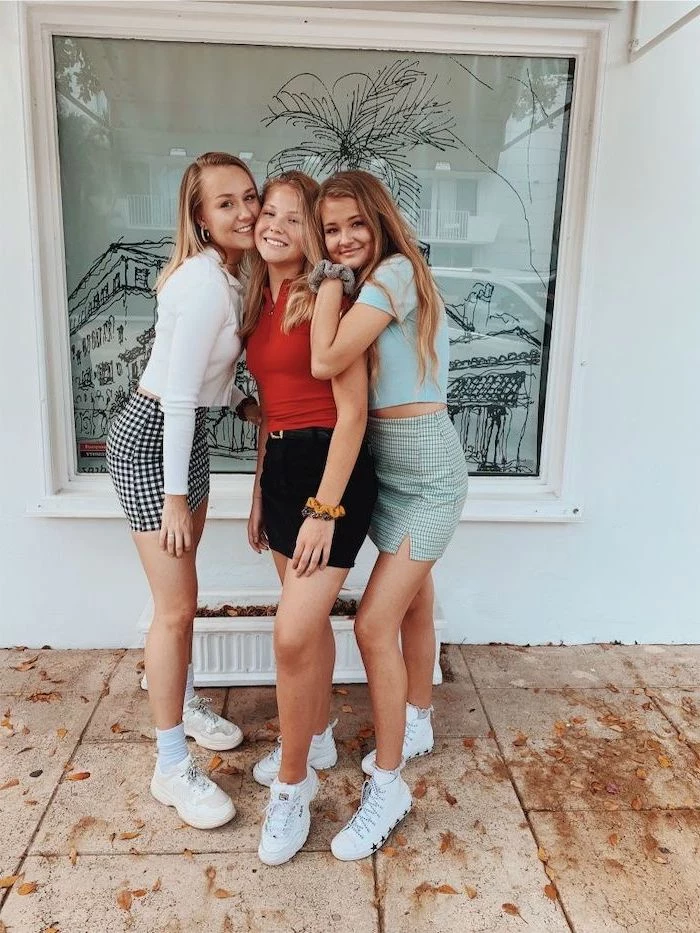
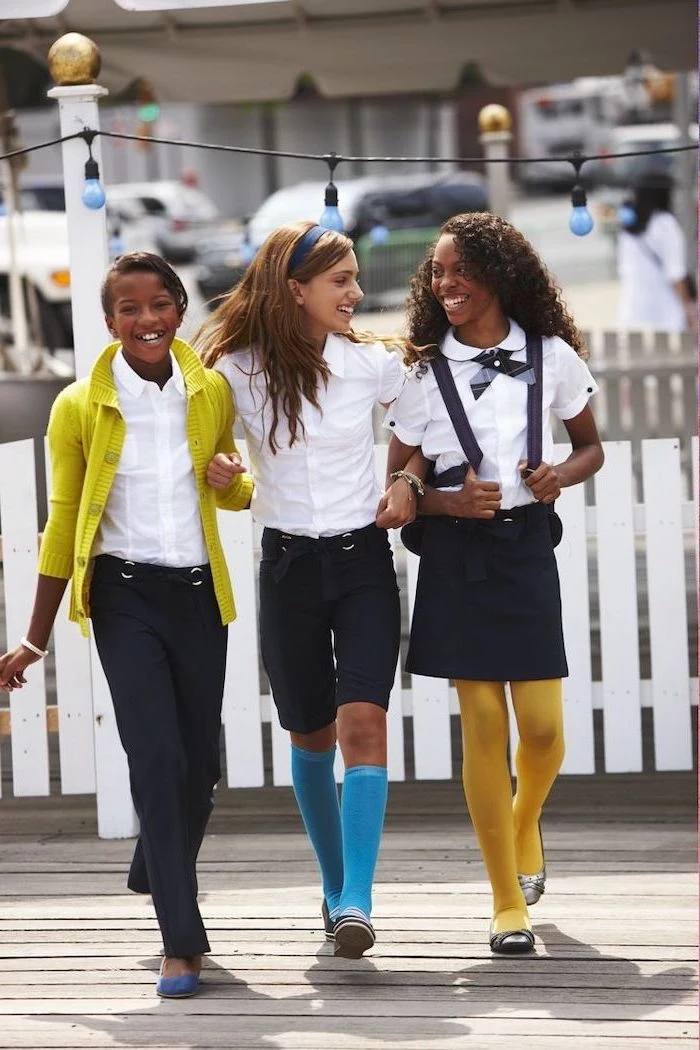
The biggest shopping mistake: Buying something only because it’s trending on TikTok or Instagram, without considering if it truly fits your personal style, your body, or your school’s dress code. A closet full of trendy items that you don’t feel confident in is less useful than five classic pieces you love to wear.

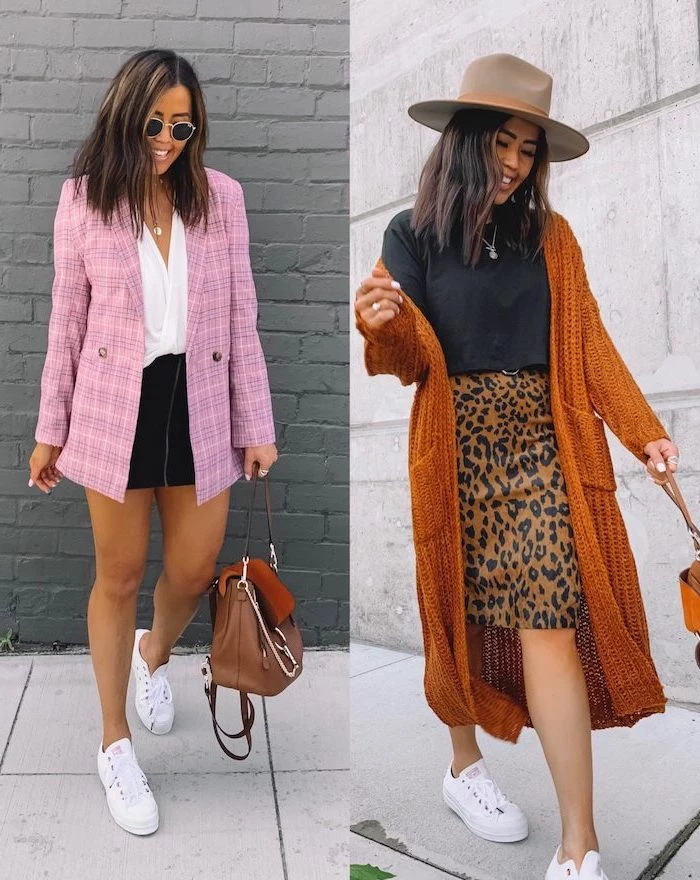
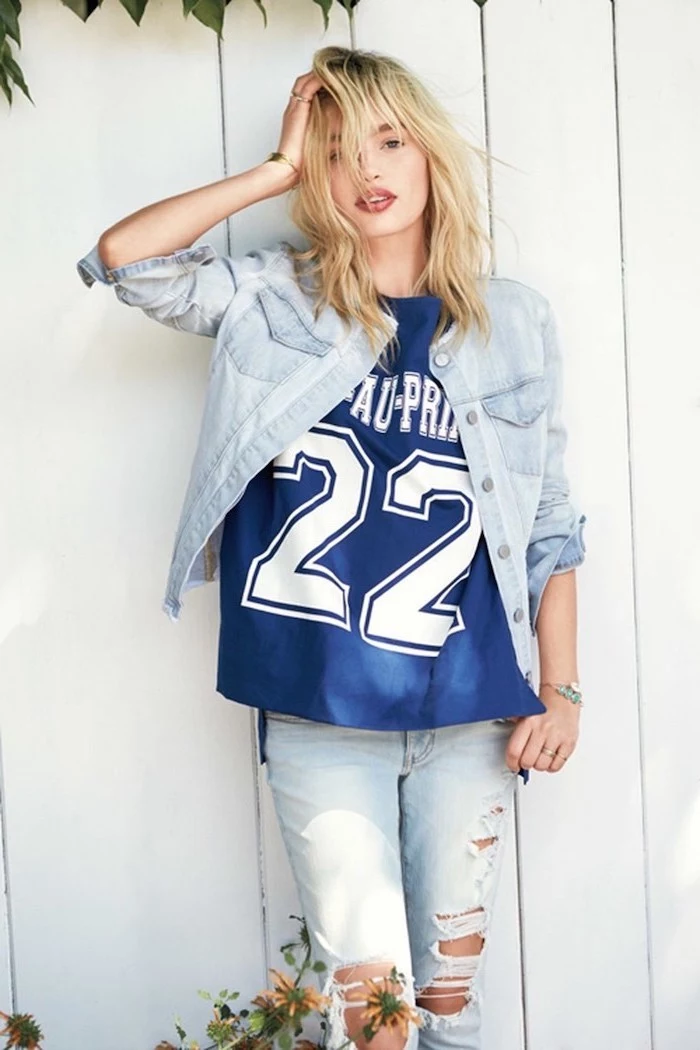
A thin, packable down or synthetic-fill vest is the ultimate layering secret. Worn over a hoodie or under a rain jacket, it provides significant core warmth without the bulk of a full winter coat. It’s perfect for unpredictable weather and over-air-conditioned classrooms. Check out options from Uniqlo or Patagonia’s Nano Puff line.
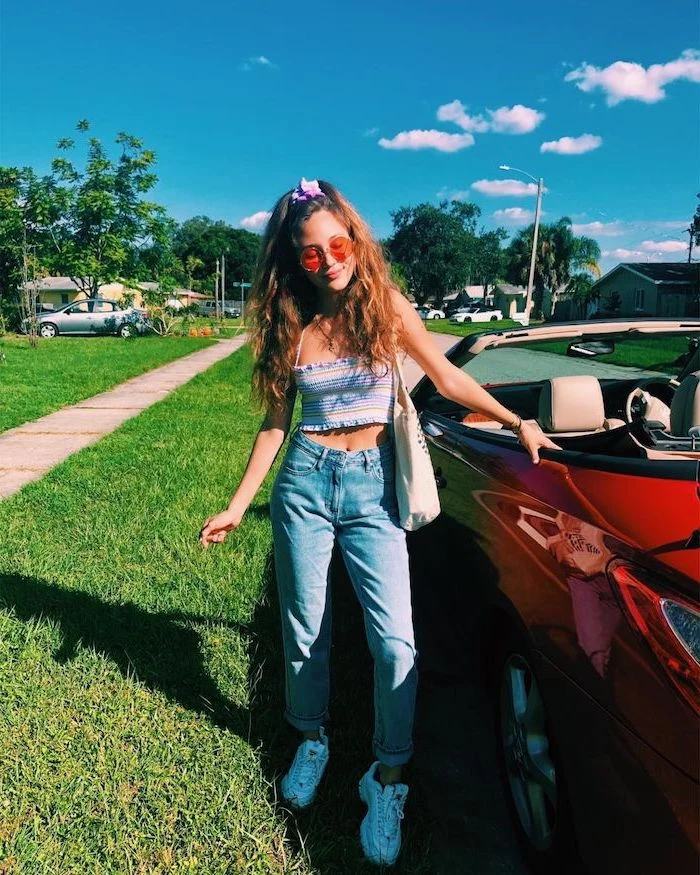
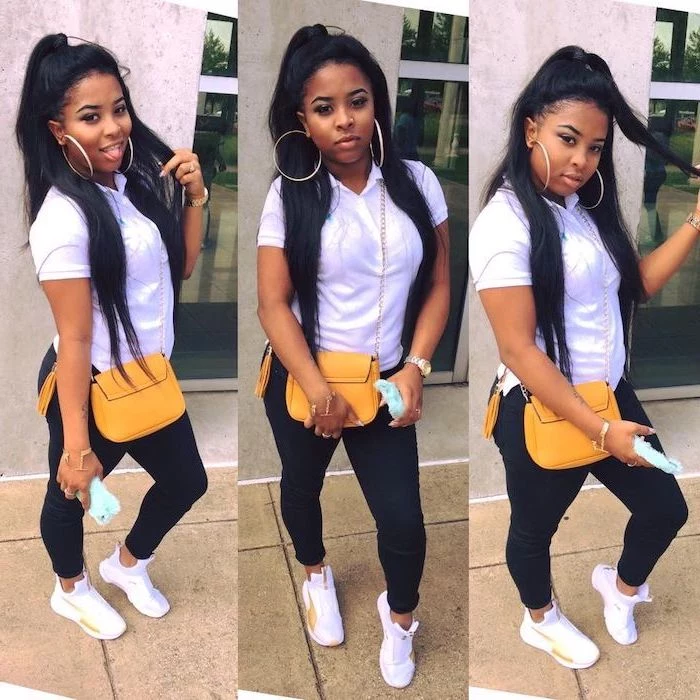
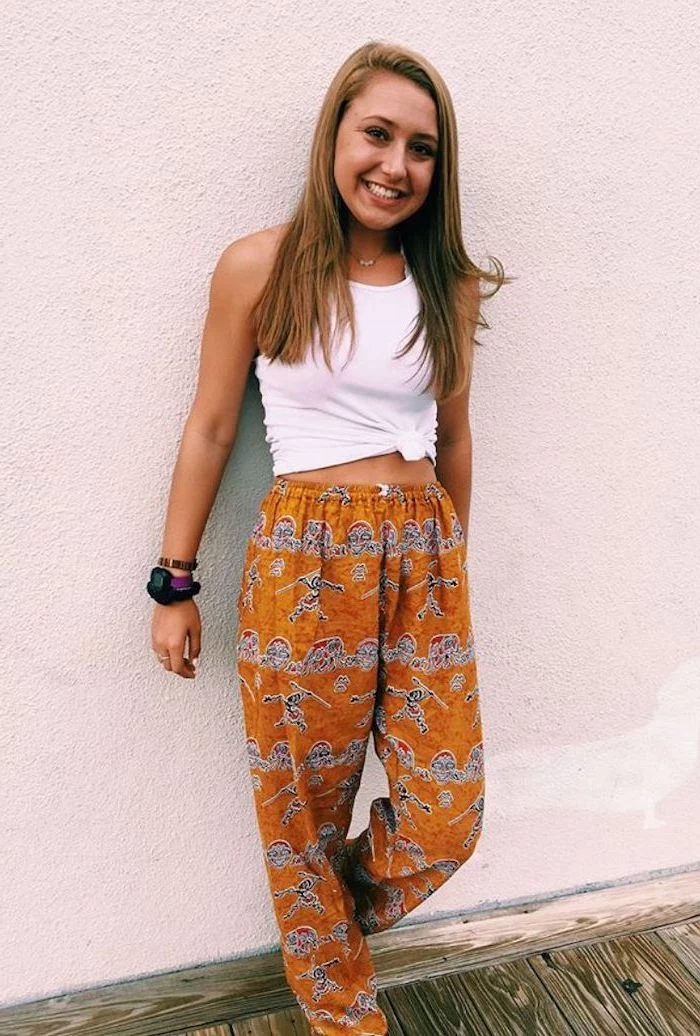
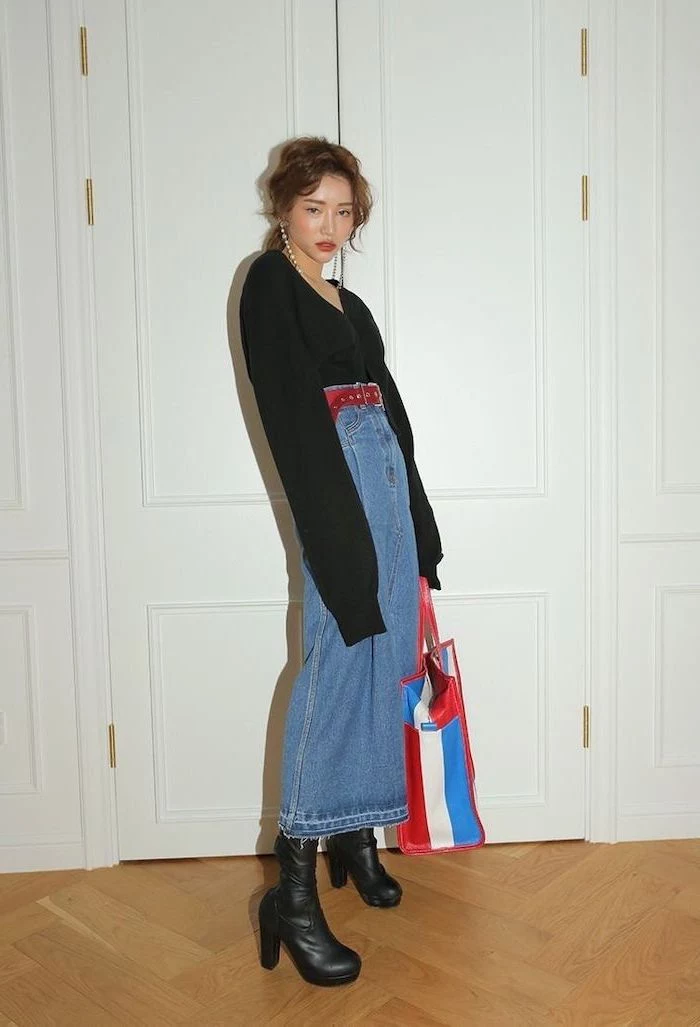
Even if your wardrobe is built on neutrals like black, white, and grey, adding a single signature color can make your style feel more personal. It could be a mustard yellow beanie, a forest green sweatshirt, or a pair of red Vans. It’s an easy way to stand out and makes getting dressed a little more fun.
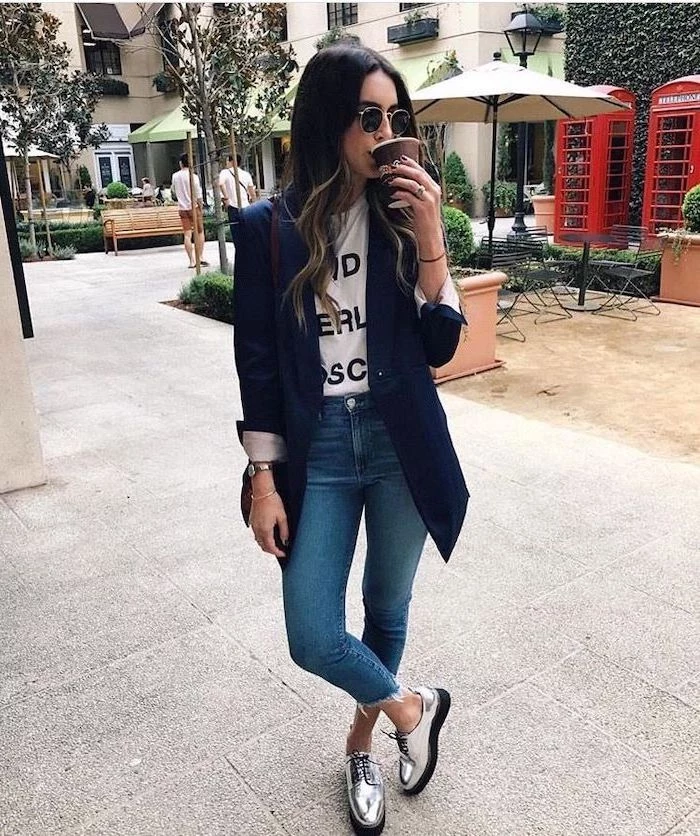
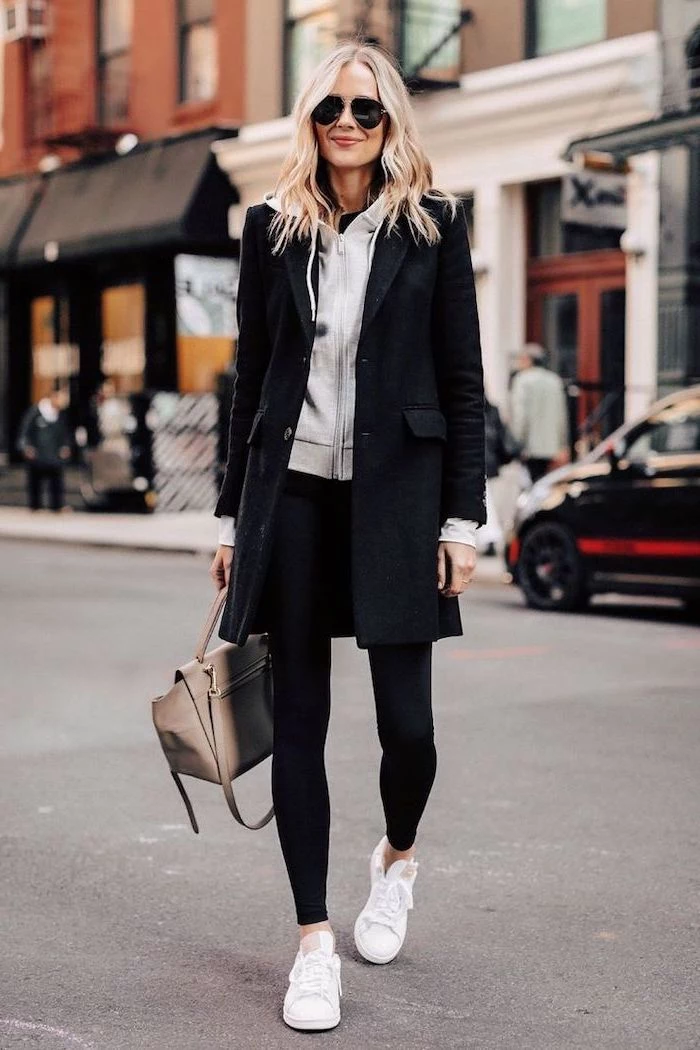
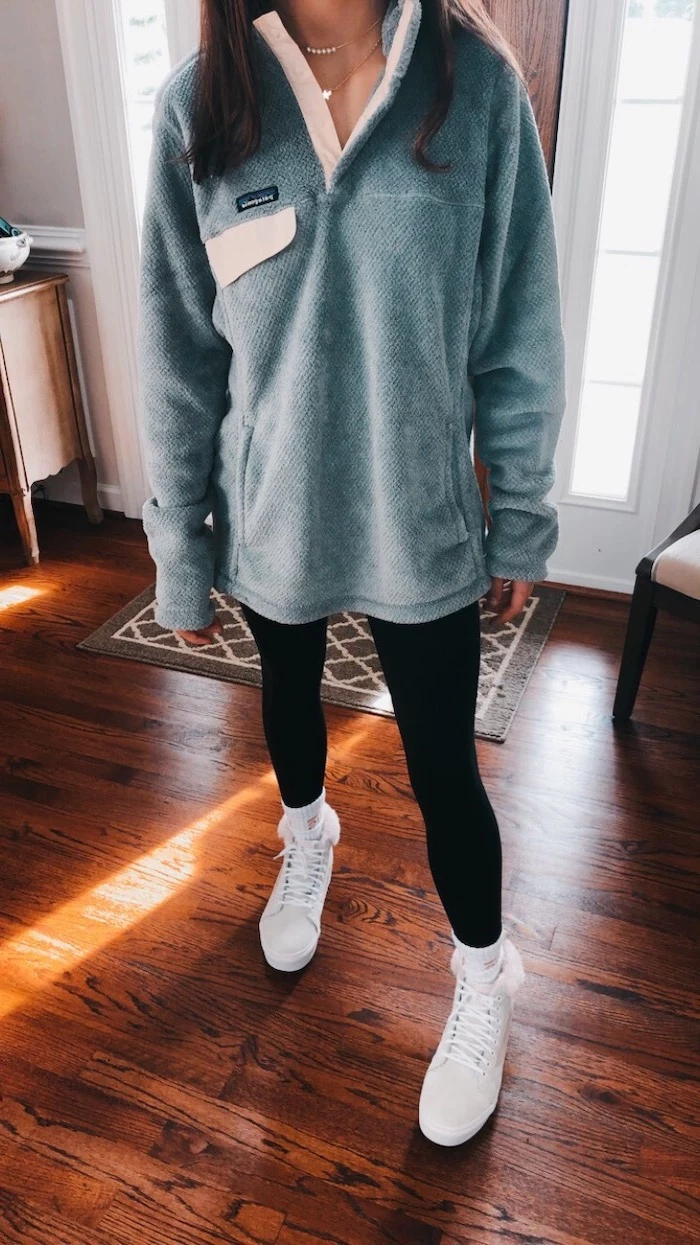
Did you know that the color blue is often associated with productivity and focus?
While you don’t need a full blue uniform, incorporating a key blue piece—like a navy blue sweater or a classic chambray shirt—on days with big tests or presentations can be a subtle psychological boost. It looks sharp, classic, and might just help you stay in the zone.
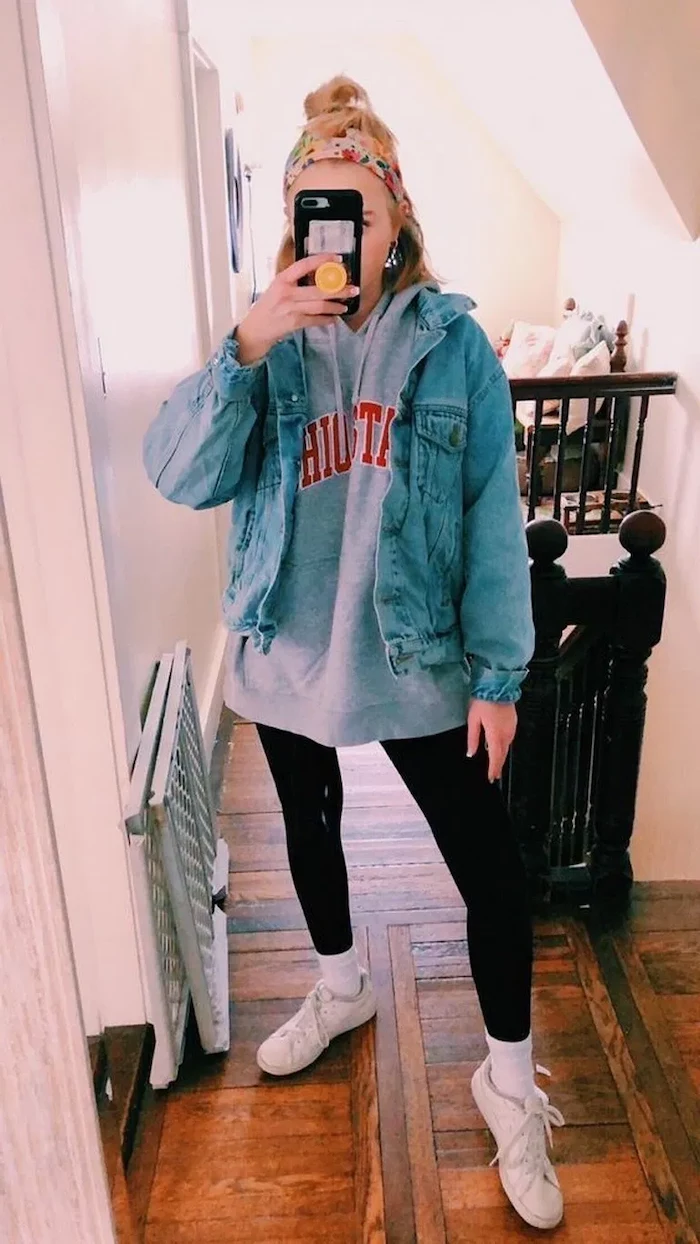
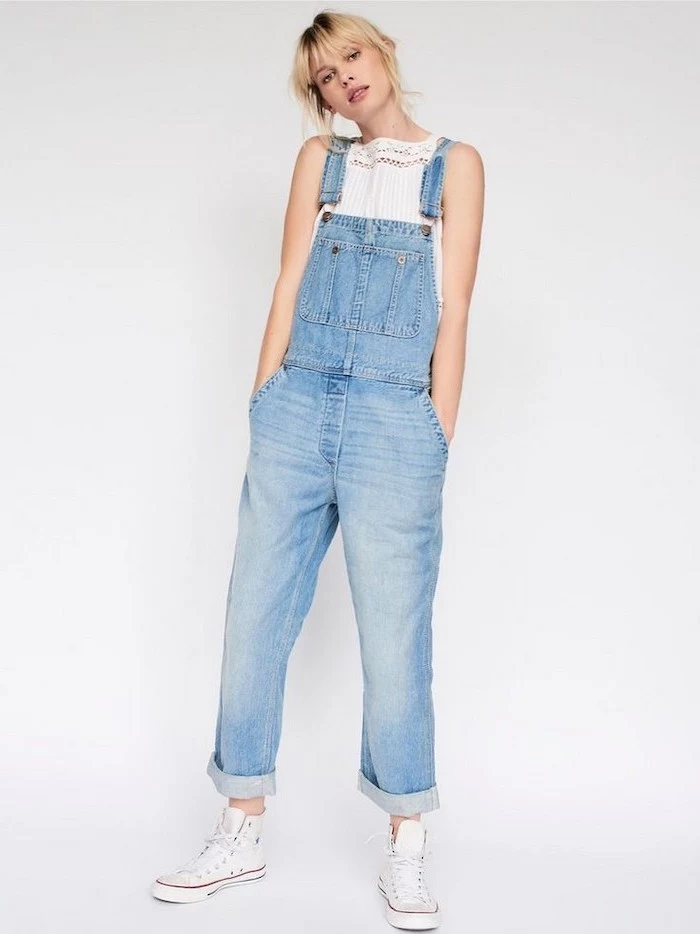
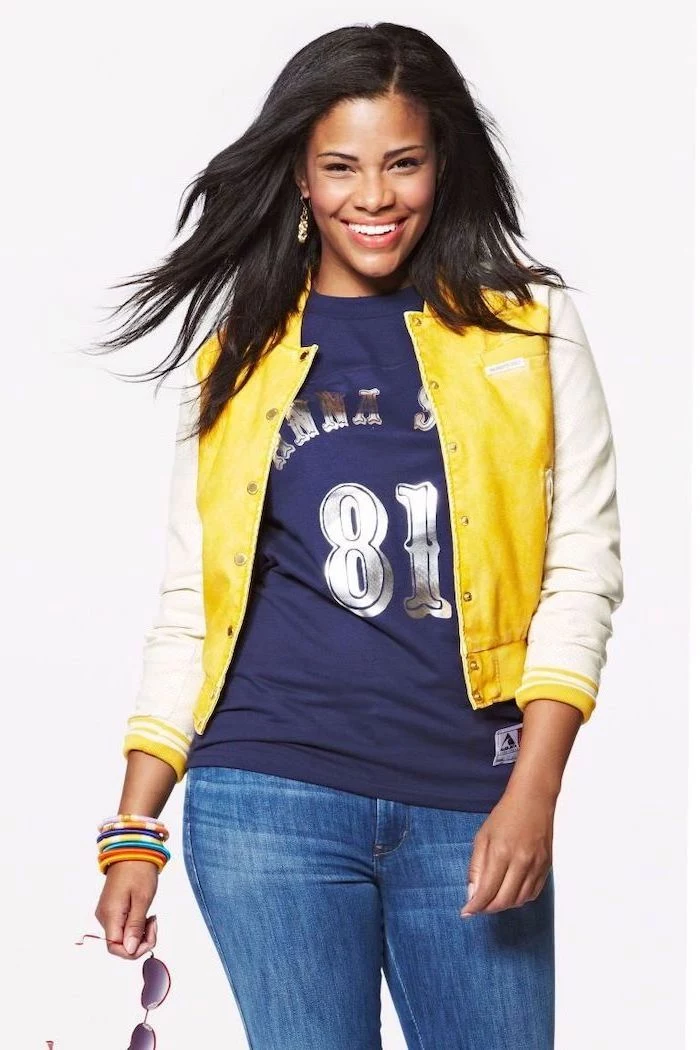
The 24/7 Shoe Investment: You’re on your feet all day, walking between classes, standing for presentations, and running to catch the bus. Prioritize comfort and durability in your shoes. A pair of well-made boots like Dr. Martens or Blundstones might seem expensive, but their comfort and ability to withstand years of abuse make them a smarter long-term investment than cheap sneakers that fall apart by mid-term.
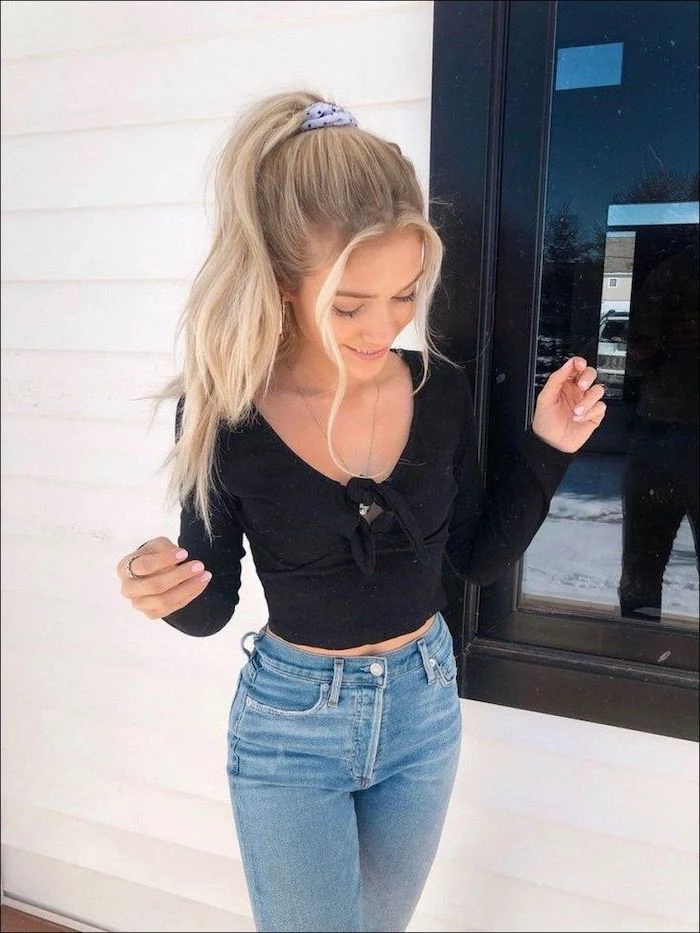
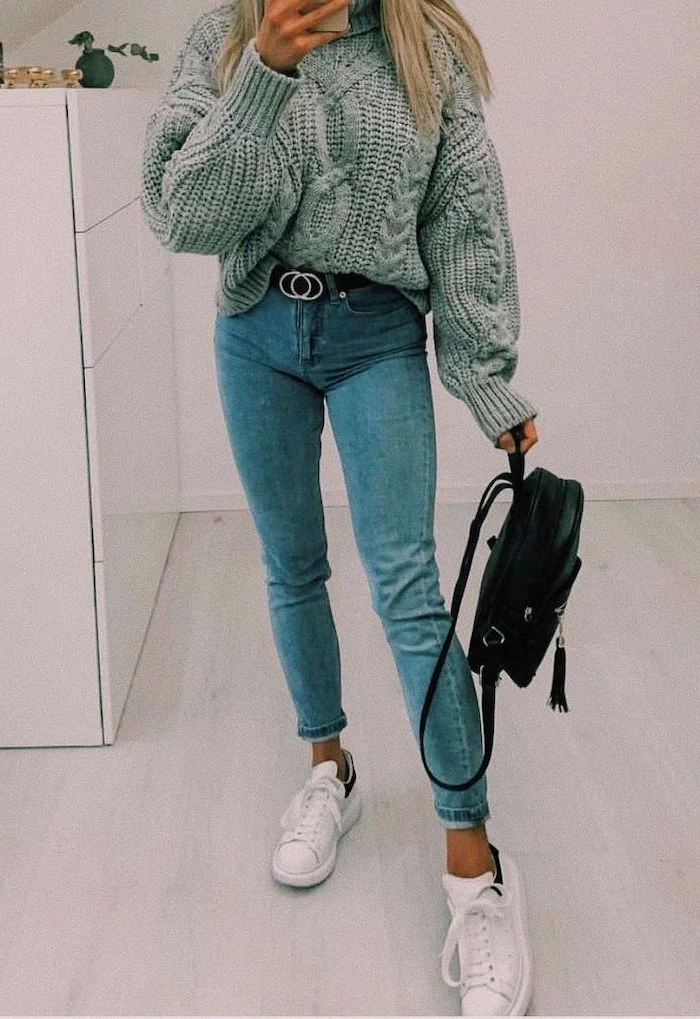
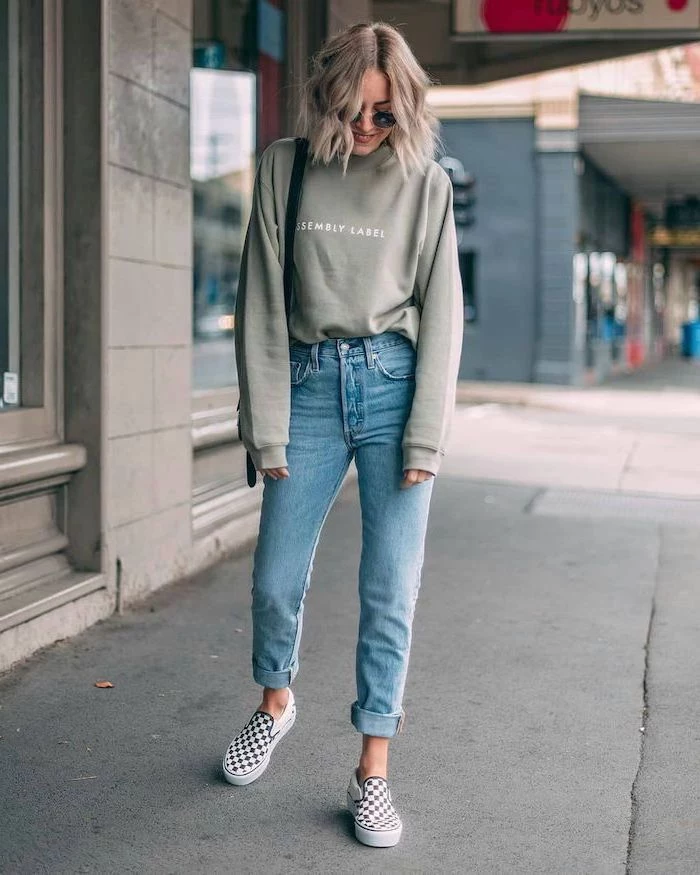
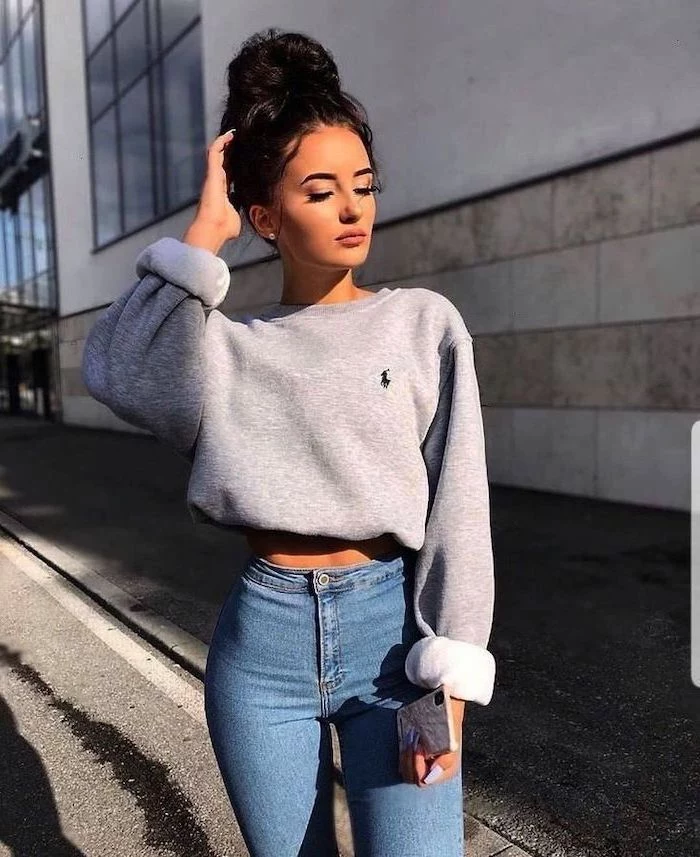
An oversized flannel shirt is arguably the most versatile piece for a student wardrobe. Wear it open over a t-shirt, buttoned up on its own, or tied around your waist. It’s a jacket, a shirt, and an accessory all in one, perfect for navigating the temperature swings from a sunny quad to a chilly library.
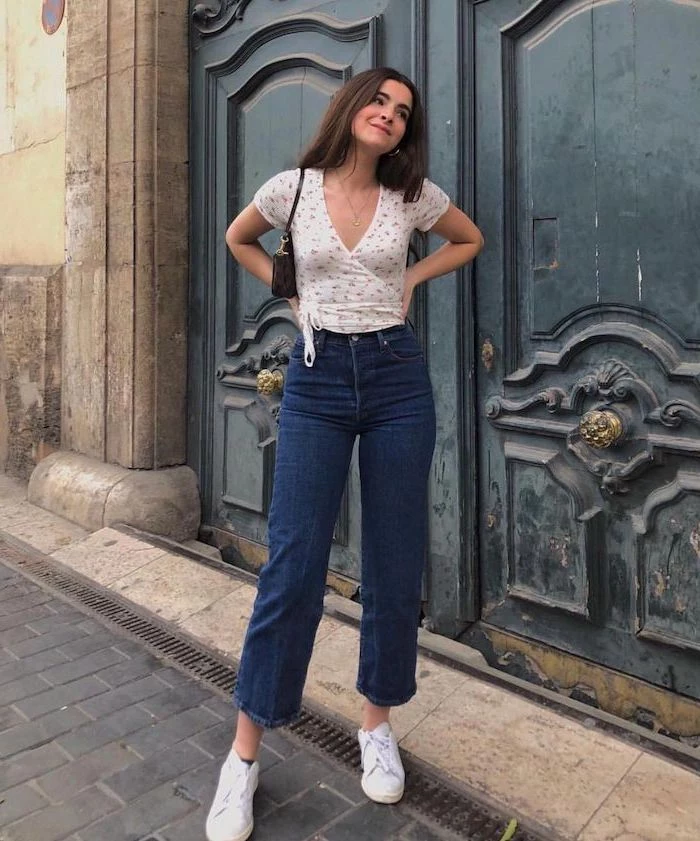
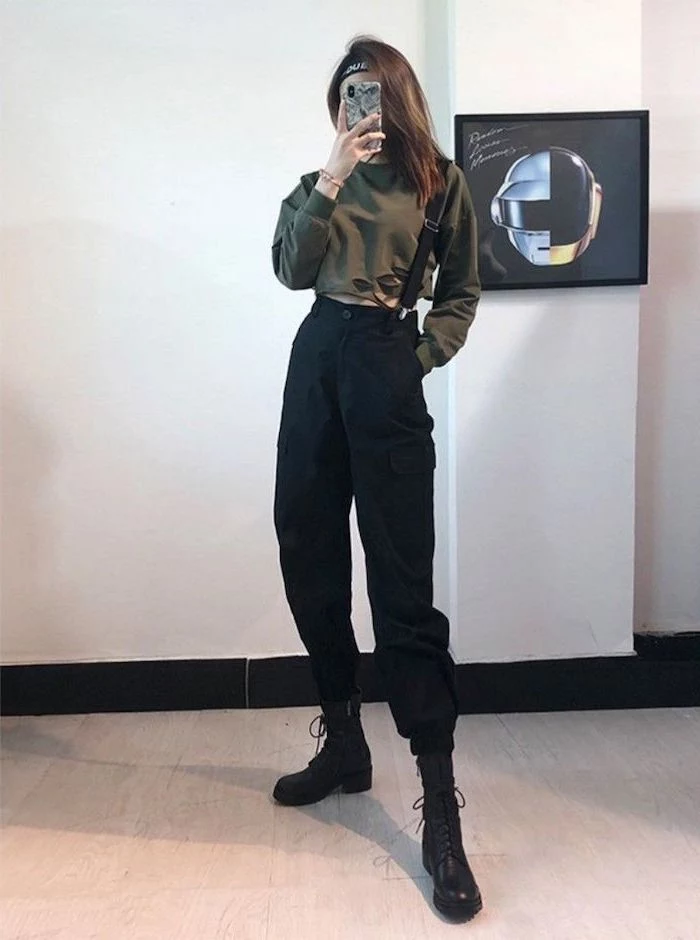
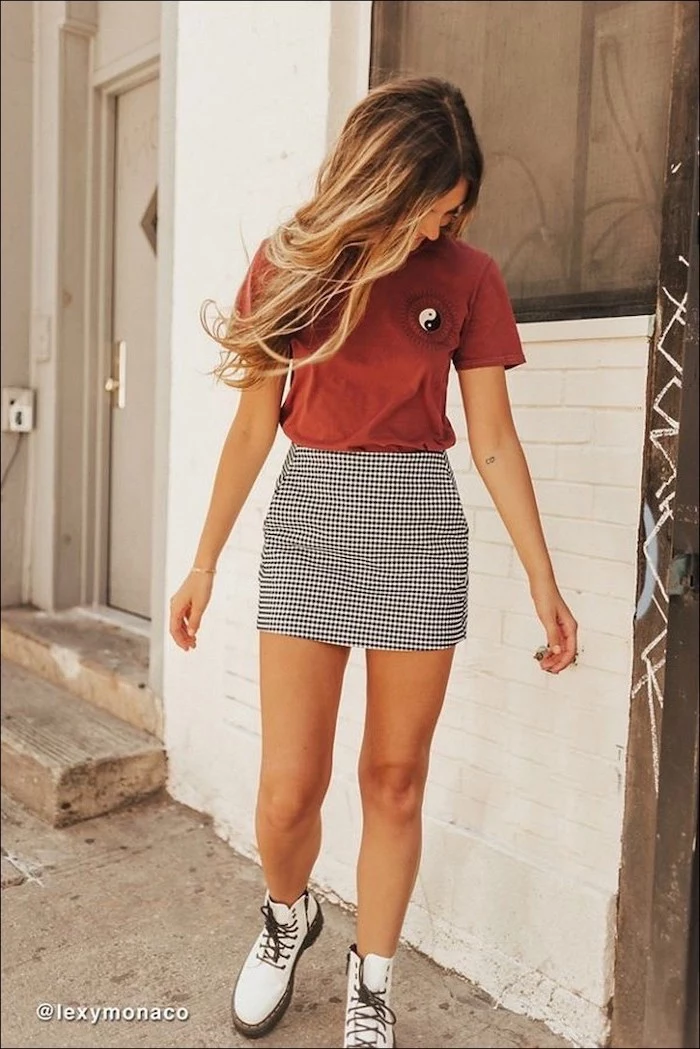
- Check pockets for pens, gum, or tissues. Always.
- Zip up all zippers and button all buttons to prevent snagging.
- Don’t overstuff the machine; clothes need room to move to get clean.
This simple 3-step pre-wash ritual takes 30 seconds but can save your favorite clothes from ink stains, stretched-out necks, and broken zippers.
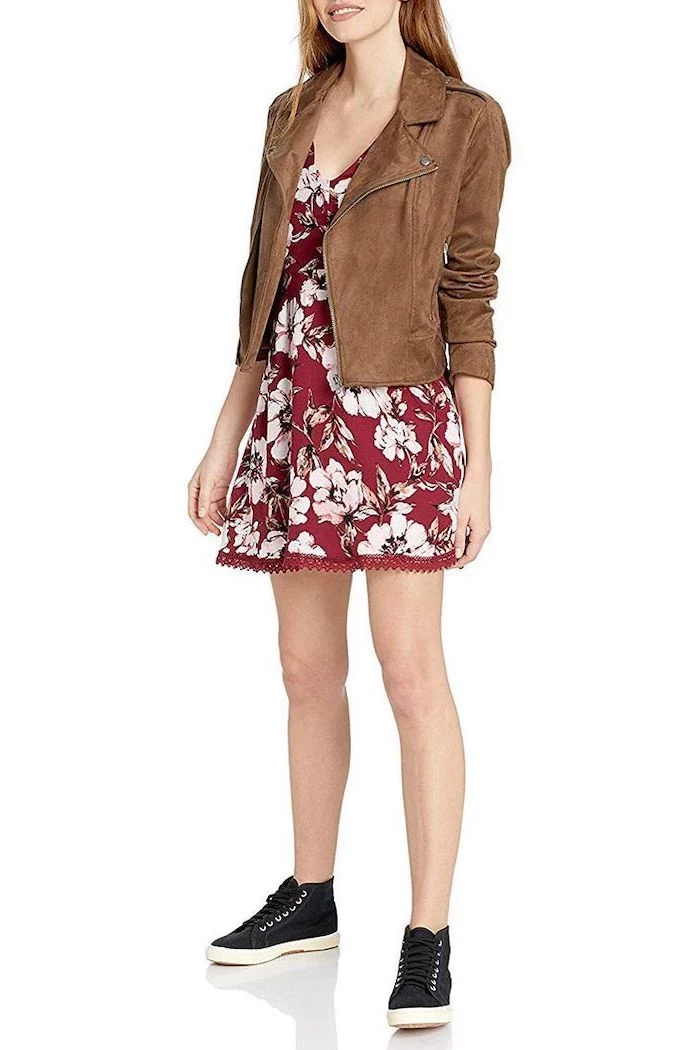
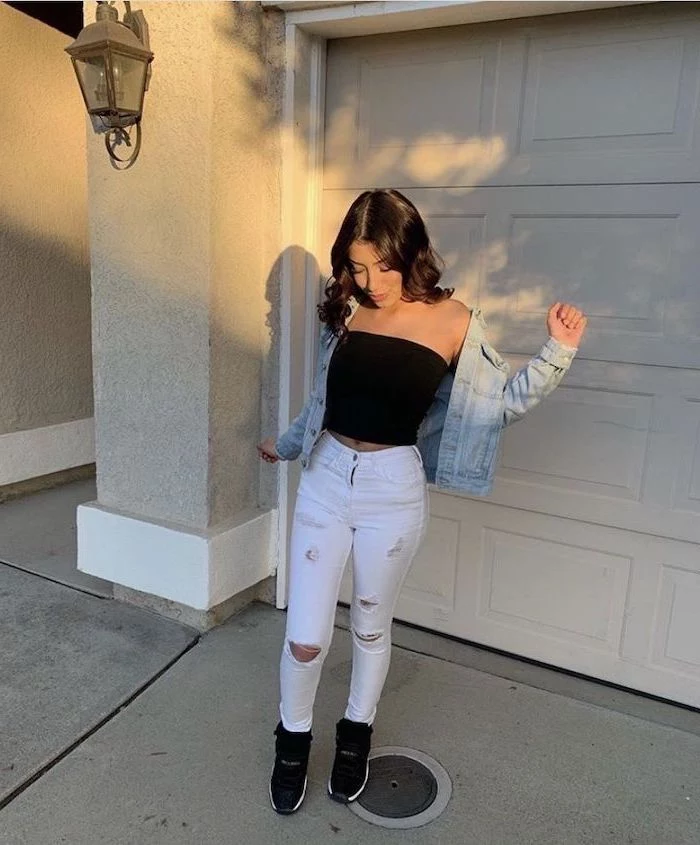

Before you even think about new clothes, do a ‘Closet Cleanout’. Pull everything out and sort it into three piles: ‘Keep’ (fits, you love it), ‘Donate/Sell’ (good condition, but not your style anymore), and ‘Trash’ (stained, torn). Knowing what you already have prevents you from buying duplicates and shows you where the real gaps are.
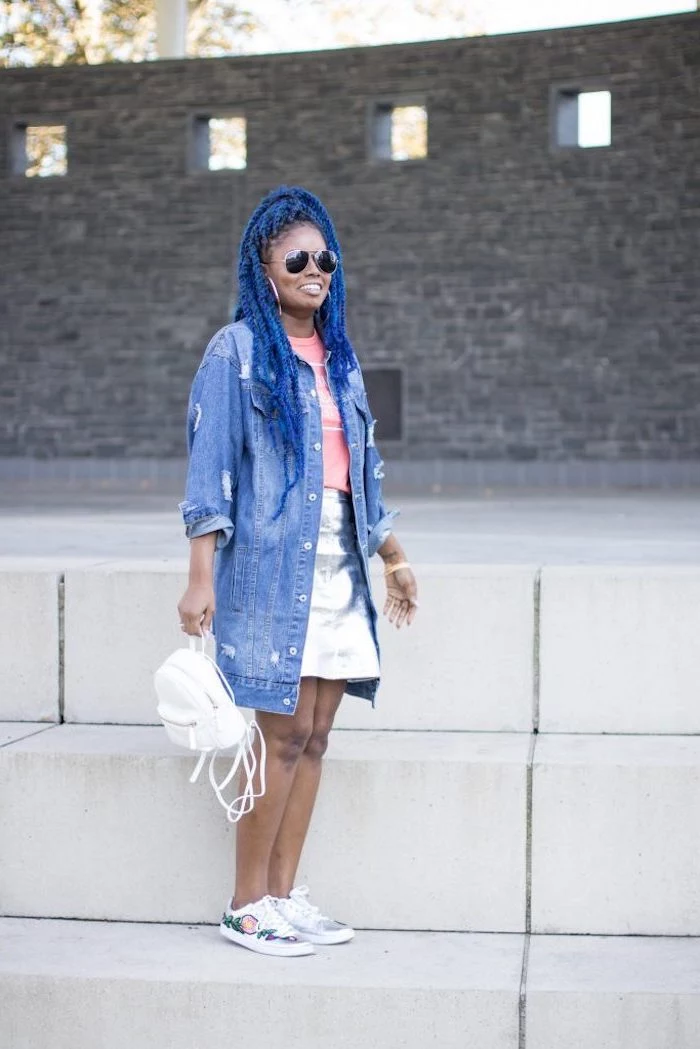
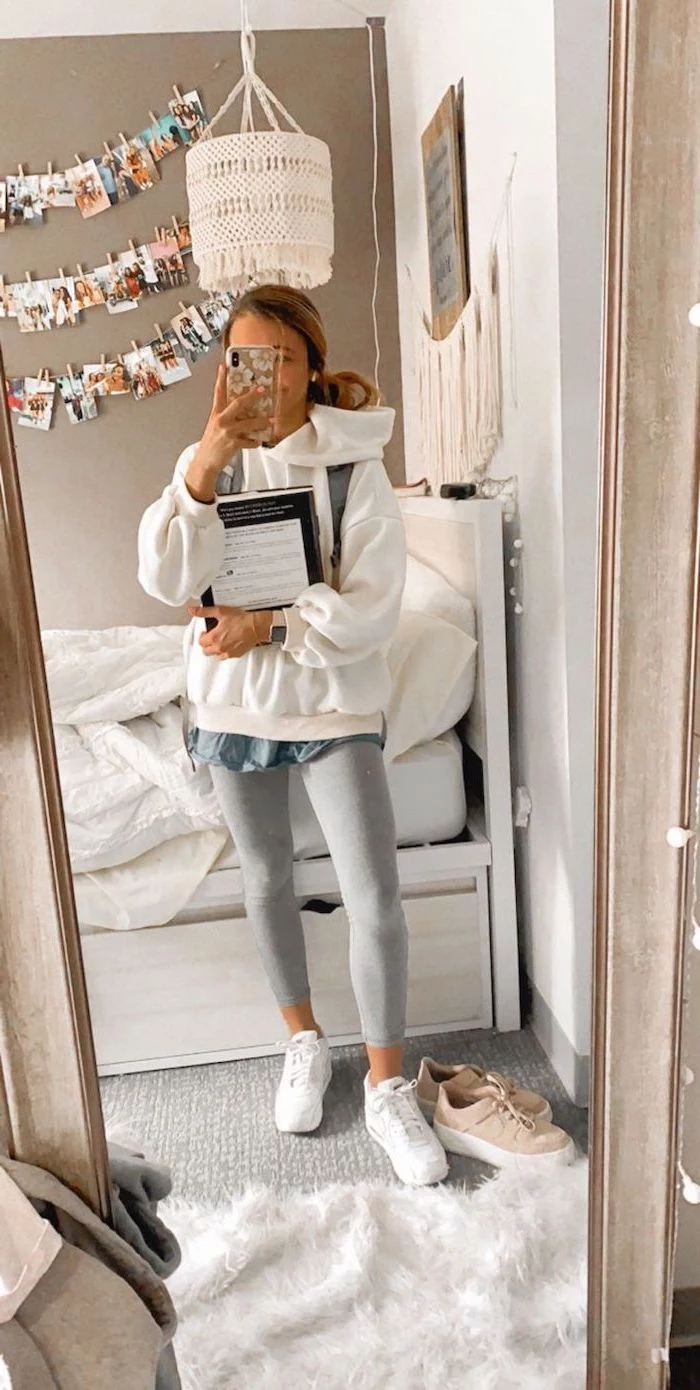
Leggings vs. Trousers: Leggings from brands like Lululemon or Athleta offer supreme comfort and athletic performance, but might not meet all dress codes. A great alternative is the modern ‘ponte’ pant—a thick, stretchy knit trouser that looks like a sleek pant but feels like a legging. Aritzia’s ‘Conan’ pant is a cult favorite for this very reason.

